Frequently, I am asked what on earth I am doing in Italy. Why all the cartoons? What’s it all for?
In 2017, I was given the opportunity to work on an excavation with the Apolline Project and the University of Edinburgh in Passo di Mirabella, Roman Aeclanum, as the Public Archaeology Coordinator. This was an new direction for my work with a lot of exciting potential. The hobbies that I naturally gravitated towards ( included travel photography and illustrating, blogging and other forms of social media) coupled with the subject matter I enjoyed (archaeology and art history) formed a useful starting point for conceptualizing how to approach outreach for an archaeological site with minimal public exposure. Over the next three years, I worked towards creating interconnected projects that were designed to start a narrative of the history of the site and began the groundwork for Vita Romana: at the baths of Aeclanum. With support from the University of Edinburgh’s History, Classics and Archaeology department and the Institute of Classical Studies, I have been fortunate to share these public archaeology activities with the wider academic community working in Classical engagement.
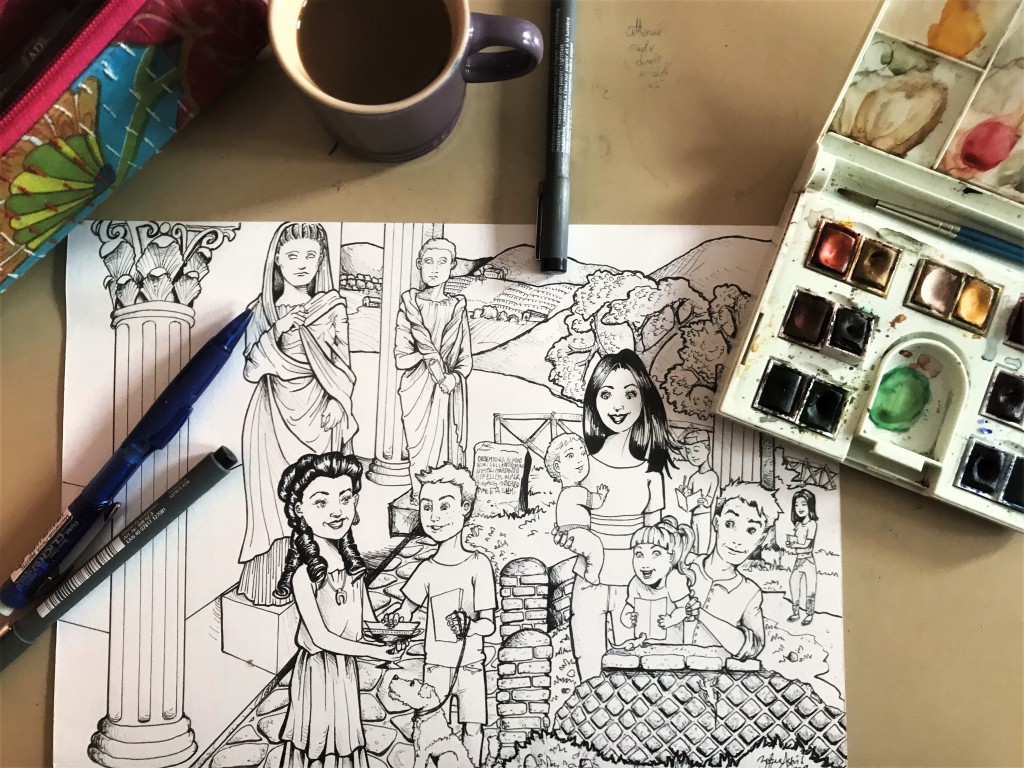
Public Archaeology: why does it matter?
“Public archaeology is really just public relations. It is getting the public interested enough to care and those who care interested enough to engage.”
– Dr. Jody Steele is the Heritage Programs Manager at Port Arthur Historic Site Management Authority.

The role of public archaeology, within the umbrella of specialisms of archaeology, is finding relevant and interesting ways of communicating the research objectives and material remains of the site. The sub-discipline is still new, and as such, still strives to justify itself and the importance of the work. Future funders, archaeologists, politicians and so on learn about the importance of heritage as children in most cases and as such, continuing to hone and develop how we deliver these messages about the importance of heritage management and research is fundamental to its continuation. With no exaggeration, if people are not engaged and well-informed about the importance of archaeology, it simply won’t happen nor will it receive funding.
Running a public archaeology programme or project requires marketing and public relations work, it also is heavily reliant upon the skills, expertise and historical knowledge of the individuals behind the work. By focusing first on the relationships within the local community then translating those interactions and efforts more broadly, we managed to do some pretty cool and unique things!

These ideas were articulated by our site supervisors this summer in a video made by one of our student volunteers, Jazz Demetrioff. The research objectives set at the onset of the excavation shape the direction the excavation and thus outreach will take. The research questions are answered over the season through the material culture and structures discovered. I have spent a significant amount of time thinking about and trying to articulate why public engagement matters, and how the projects I have had the fortune of working on in Italy are helping me plan future outreach projects.

Public Archaeology in Aeclanum: 2017-2019
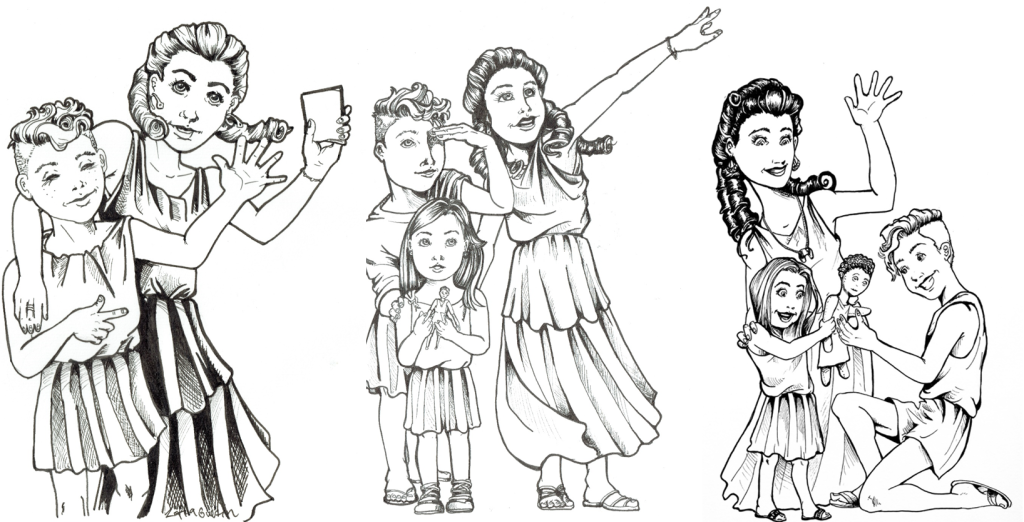
First Year: 2017
The formative work with the archaeological site of Aeclanum was a mixture of reconnaissance and coming up with a cohesive set of materials we could begin presenting to the local community. When we arrived there was one pamphlet in Italian with very technical (scarce) archaeological maps, and no site signage or historical narrative for the site. The first steps, then, meant creating some basic materials for young visitors!
Second Year: 2018
We produced outreach materials that focused on the multi-phase bath complex and the role of public bathing in Roman daily life. This included posters for adult audiences and young visitors to the site which reflected the finds that were excavated in earlier campaigns and the current research. A particular favorite was the marble map game, which encouraged kids to explore where the marble in Aeclanum came from! We updated the game in 2018 to include further details like marble traders across the Mediterranean!
Neratia’s Lost Ring: at the baths of Aeclanum
Emily Johnston, an excavation supervisor, worked on a public outreach project with the Apolline Project for 2018, Neratia’s Lost Ring: at the baths of Aeclanum. This exploration of Roman baths in a short-story format, allows the reader to get to know the space and customs as experienced by Neratia (wealthy patrician’s daughter) and Caius (freedman’s son). As the narrative follows the youths trying to find Neratia’s missing ring, the mechanics of the bath complex are explained. I supplied a few illustrations for her story, which were linked into the graphic novella! We are hoping to launch this short story for winter, 2019.
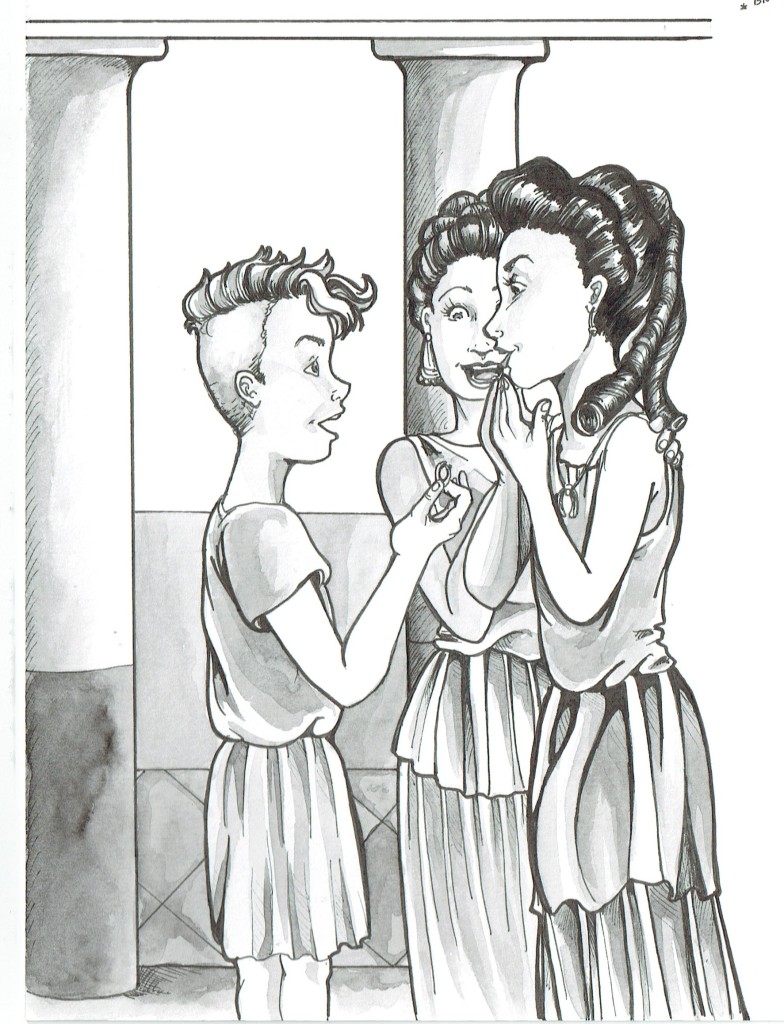
Caius finds the ring! 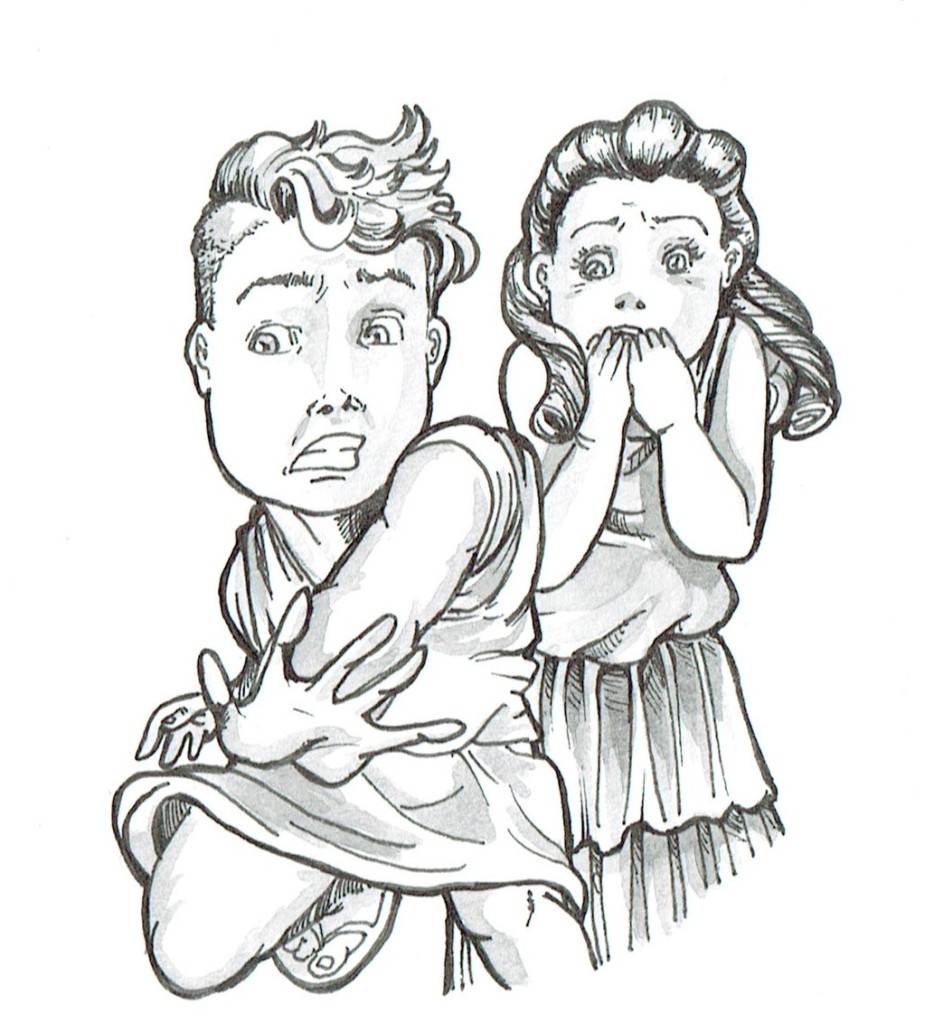
Quick! Catch the ring! 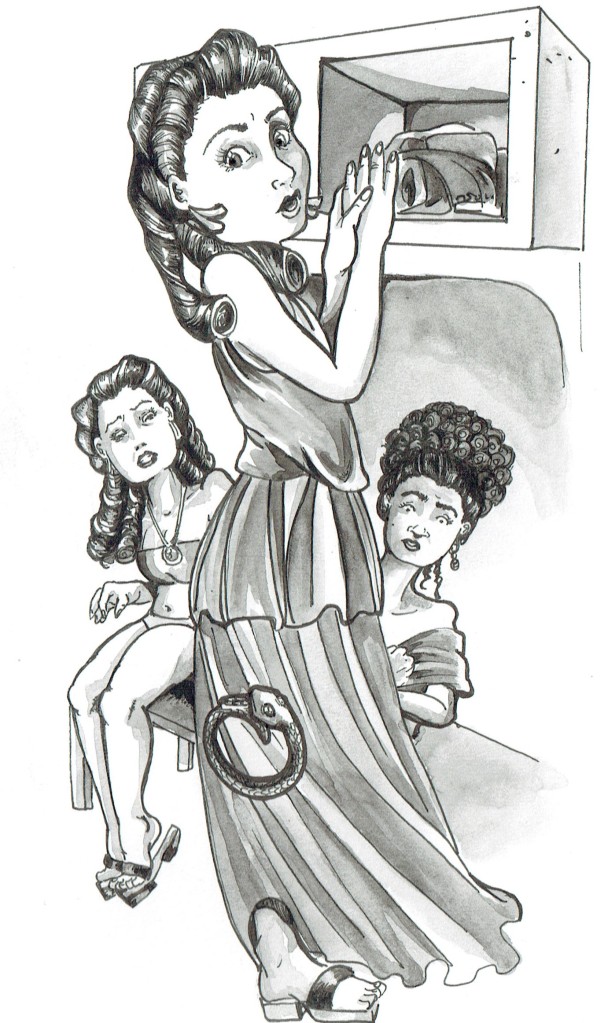
Neratia drops the ring her father gave her. 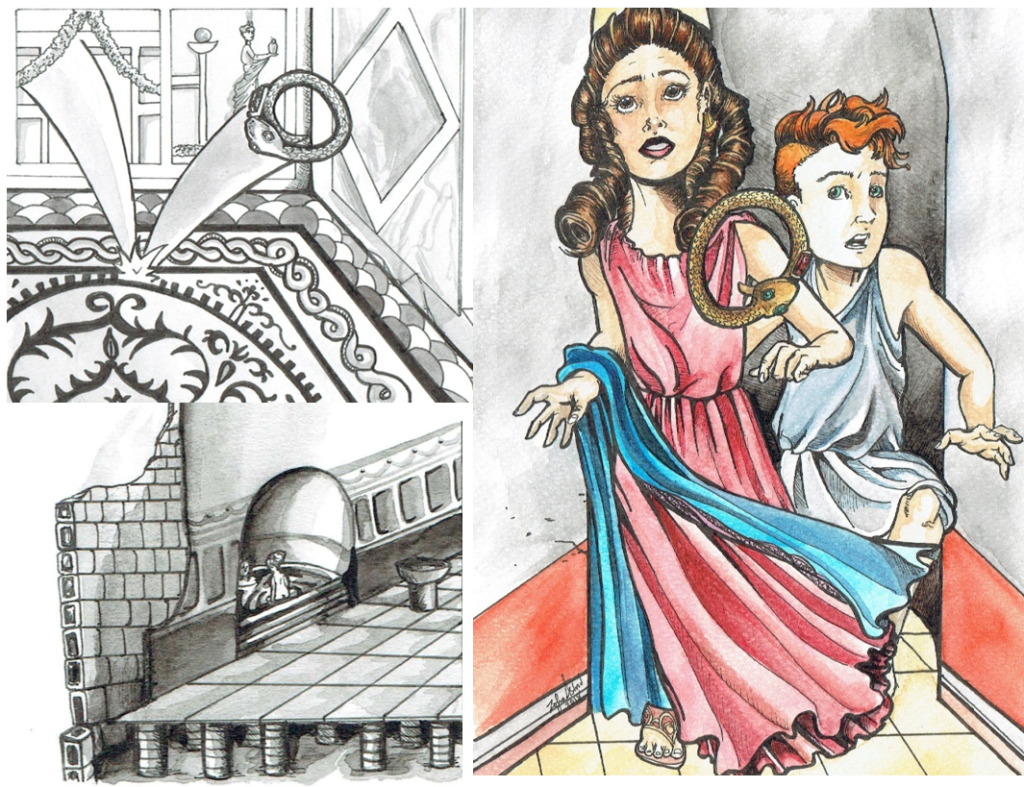
The graphic specialists on site, Lucia Michielin and Josef Souček, worked with me across almost every peice of art that was used for outreach. Their talents were widely appreciated, like finding a pretty rock but not realizing it was a gem till it was polished. Their skills with creating scientific panels based on the research, articulating the architectural findings and included 3D reconstructions of the significant archaeological structures reconstructions were essential to my comic renderings for Vita Romana: at the baths of Aeclanum. Due to the topography of Aeclanum, the bath excavated bath complex straddles a sloping hill and as such has distinctive buttresses, which when digitally rendered, provided helpful insight on how to include the city scenes around it.
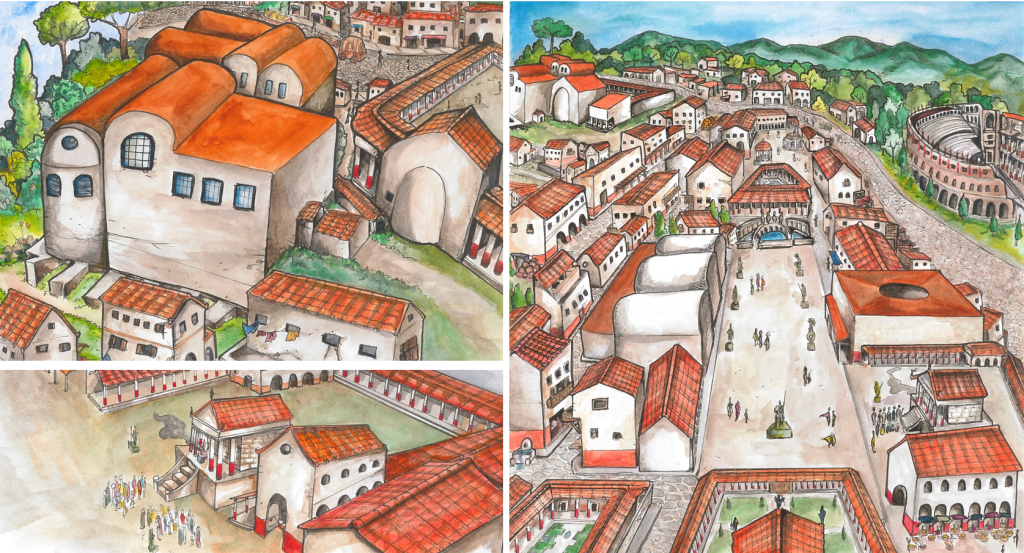
Third Year: 2019
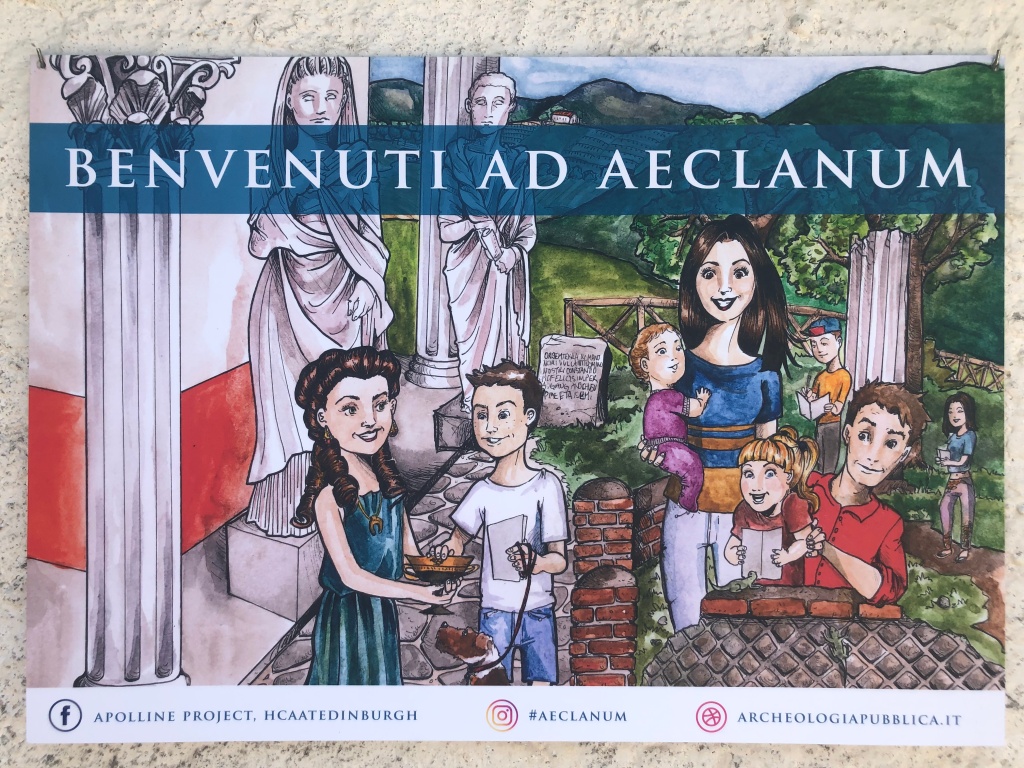
With the first two phases of outreach work at Aeclanum complete (panels, the short story, scavenger hunt and educational games), the next phase I was most interested to explore was getting feedback from the community and channeling this into a project that could capitalize on the knowledge of the team of specialists on-site and include up-to-date site interpretations, woven within the comic narrative. By concluding the 2018 outreach season with a survey and vote by the children from the local community who decided which style I would be drawing the comic in, I had my marching orders to get to work on the comic!
With Vita Romana, I wanted something that might help spark imaginations about how big and interesting this city was during its heyday through a stand-alone story, but grounding it in the real-world buildings and materials of Aeclanum. Also, I had never completed a comic book before and this was a challenge I wanted to dive into!
Vita Romana: at the baths of Aeclanum
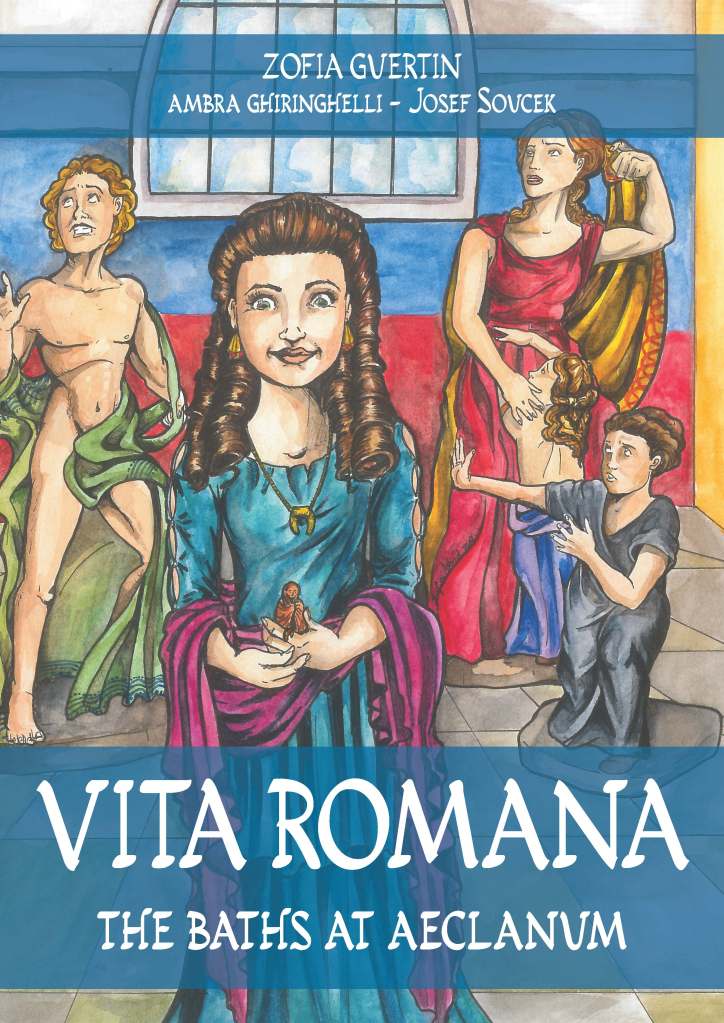
Getting the gang together remotely meant that there was revisions and frequent dialogue. Ambra Ghiringhelli was like a fish to water getting the text written with care and historical consideration! Using an a-typical approach of having the storyboard roughed out and the text done afterwards, it was fascinating to see what joke she would come up with to match one of Neratia’s smirking faces or the right tone for a teenage daughter giving her mom some sass.
As this was my third year working with Josef, I couldn’t be more grateful for his ongoing collaboration. With his eye for details and in-depth knowledge of the subject matter, I could rely on him spotting all sorts of tiny details (and errors) that improved the whole project immensely. All of the images were sent to him to do his digital magic, fixes and formatting. You would be surprised how much work goes into making a comic look like a comic.
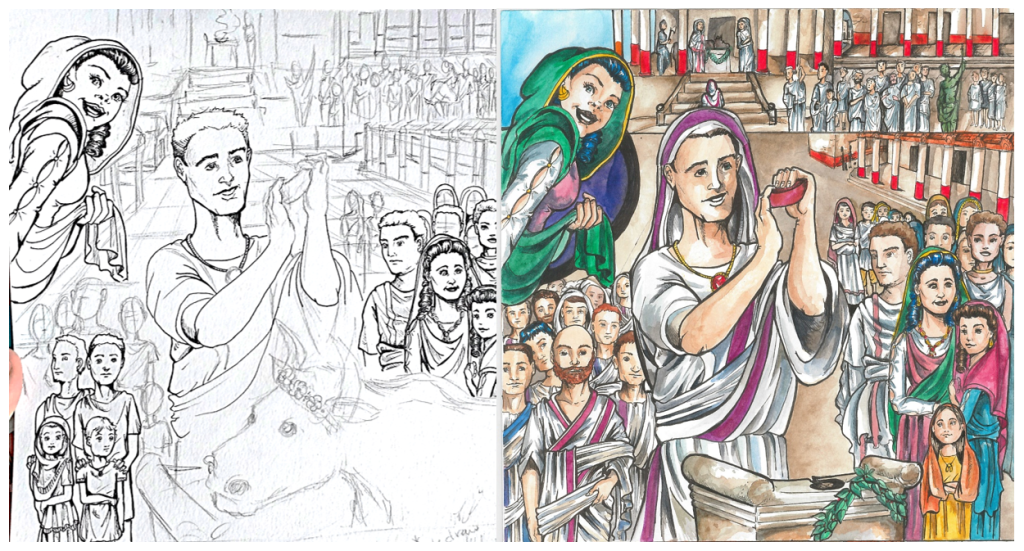
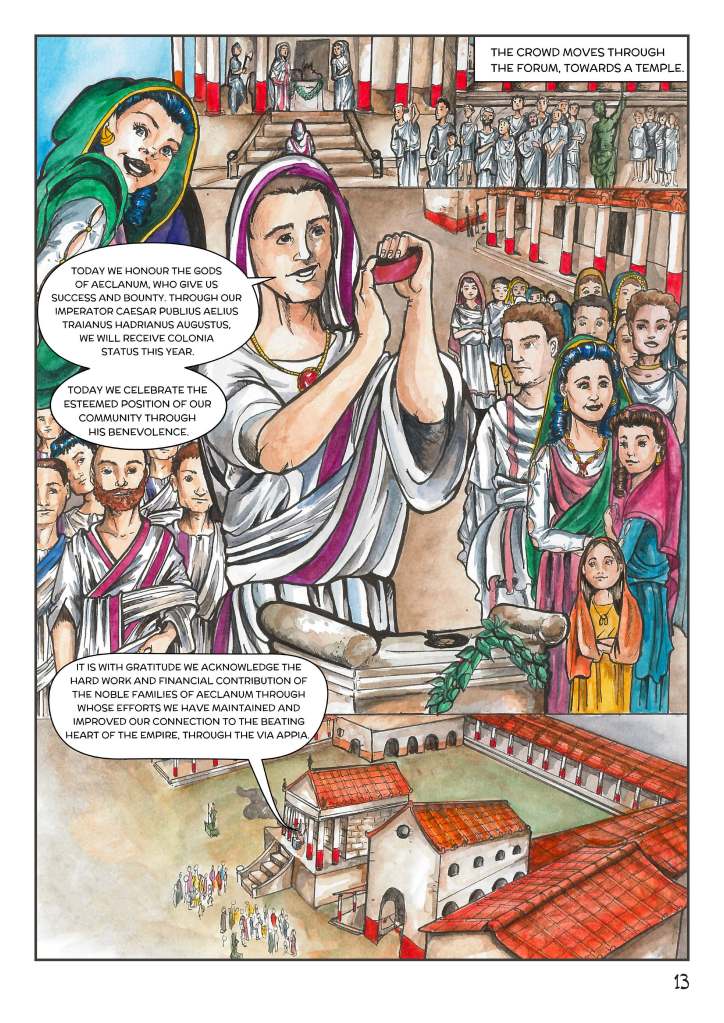
The breadth of things to consider when trying to create a graphic novella attempting to be rooted in archaeological and historical accuracy is astounding. This project has taken me on some really exciting turns which inevitably has meant that I am always learning, always questioning and trying to find evidence for the scenes I am creating.
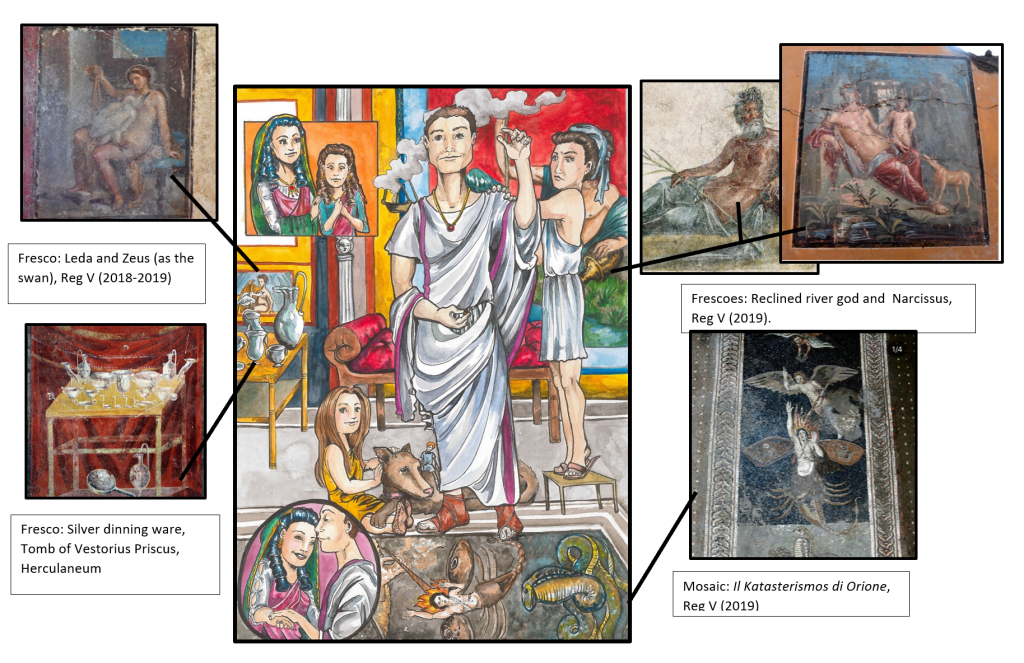
The majority of influential imagery or material culture references were derived from the collections at the Museo Nazionale, Naples and the frescoes contained in the archaeological parks of Pompeii and Herculaneum. Social media outreach for these sites has been invaluable! With new discoveries coming all the time from Pompeii all the time, by following their Twitter and Instagram, I was able to integrate some of these exciting new finds into Vita Romana. Though Pompeii was covered by Vesuvius by the time our story in Aeclanum would have taken place, the tastes and styles used in decorating homes in these cities could easily be replicated by artisans in communities like Aeclanum. Indeed, the riches of Aeclanum could be much more akin to those at Pompeii due to their size and places along the road networks.

Rewards for completing the scavenger hunt! 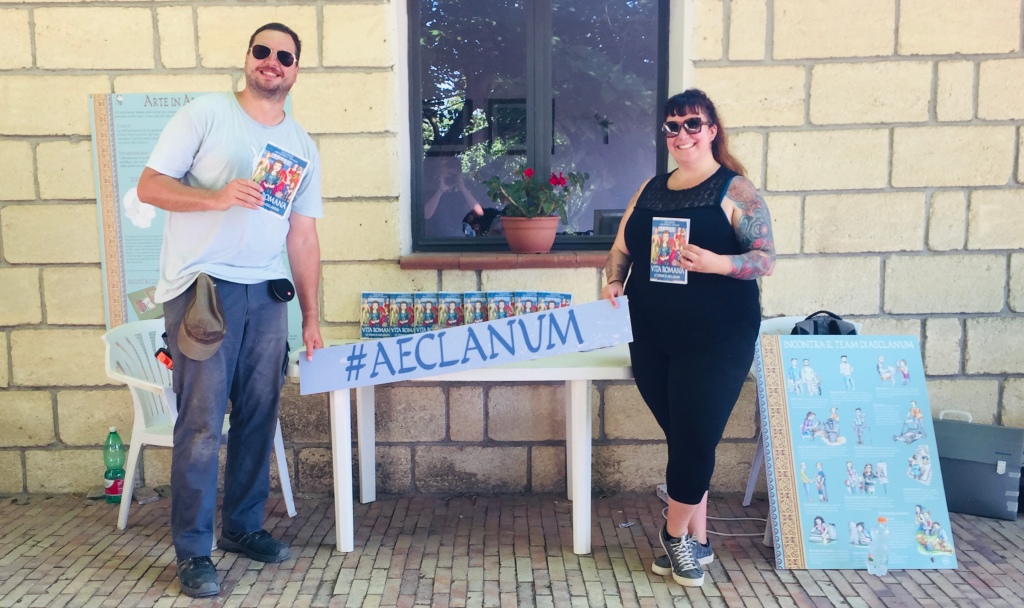
Proud parents 😀 

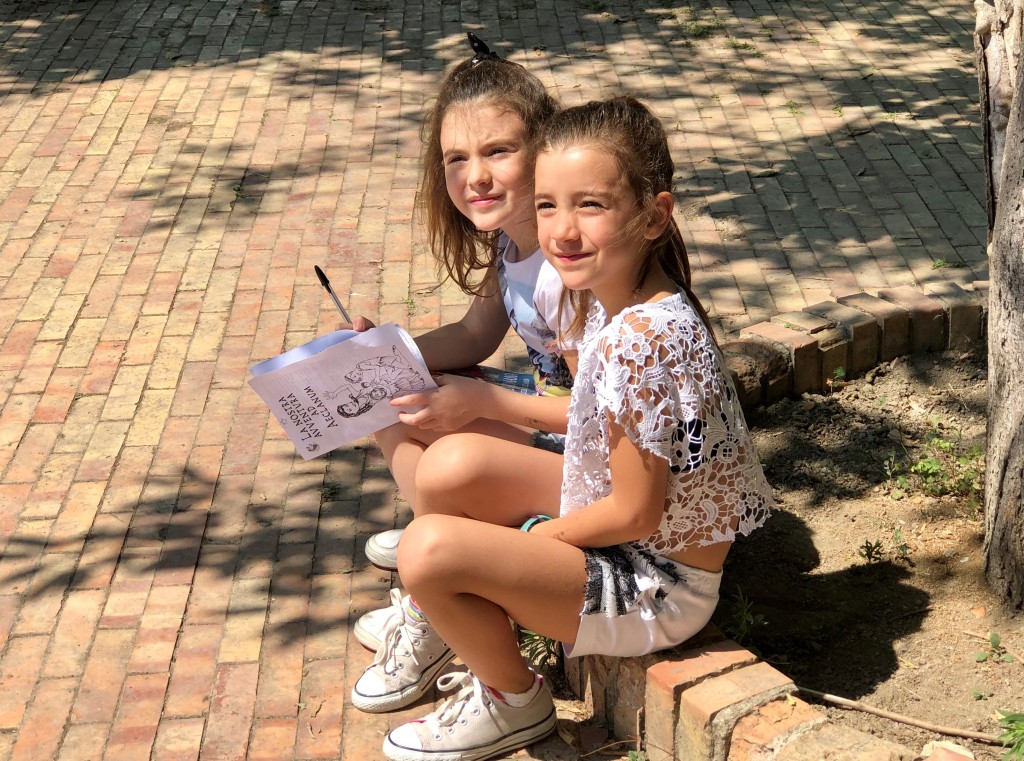

We had a great turn out this July at the comic launch, with hundreds of people visiting the archaeological park! The children’s scavenger hunt activity led them around the site using our third version (a self-directed version) of the archaeological passport as their guide. With Ferdinando crafting the texts and dealing with the translation needs, these materials will hopefully get English versions for download on Archaeokids!
They were asked to find the significant landmarks on the site with general information about their use, and fill out a letter which would lead them to the office piazza that contained the lost doll of Neratia Secunda, completing the narrative in the real world which is introduced in the passport. Once the children completed their scavenger hunt, they received a copy of Vita Romana: at the baths of Aeclanum, whose printing was generously funded by the Institute of Classics Studies (ICS).
The Road Ahead & Archaeokids.com
Seeing this stage of the journey come to a successful conclusion was pretty amazing. I’ve worked with some amazing people and had an incredible opportunity to have so much freedom to explore the ancient world in my favourite medium. The next steps ahead will involve working with the data collected from the launch, and an article which will be interesting to write this winter.
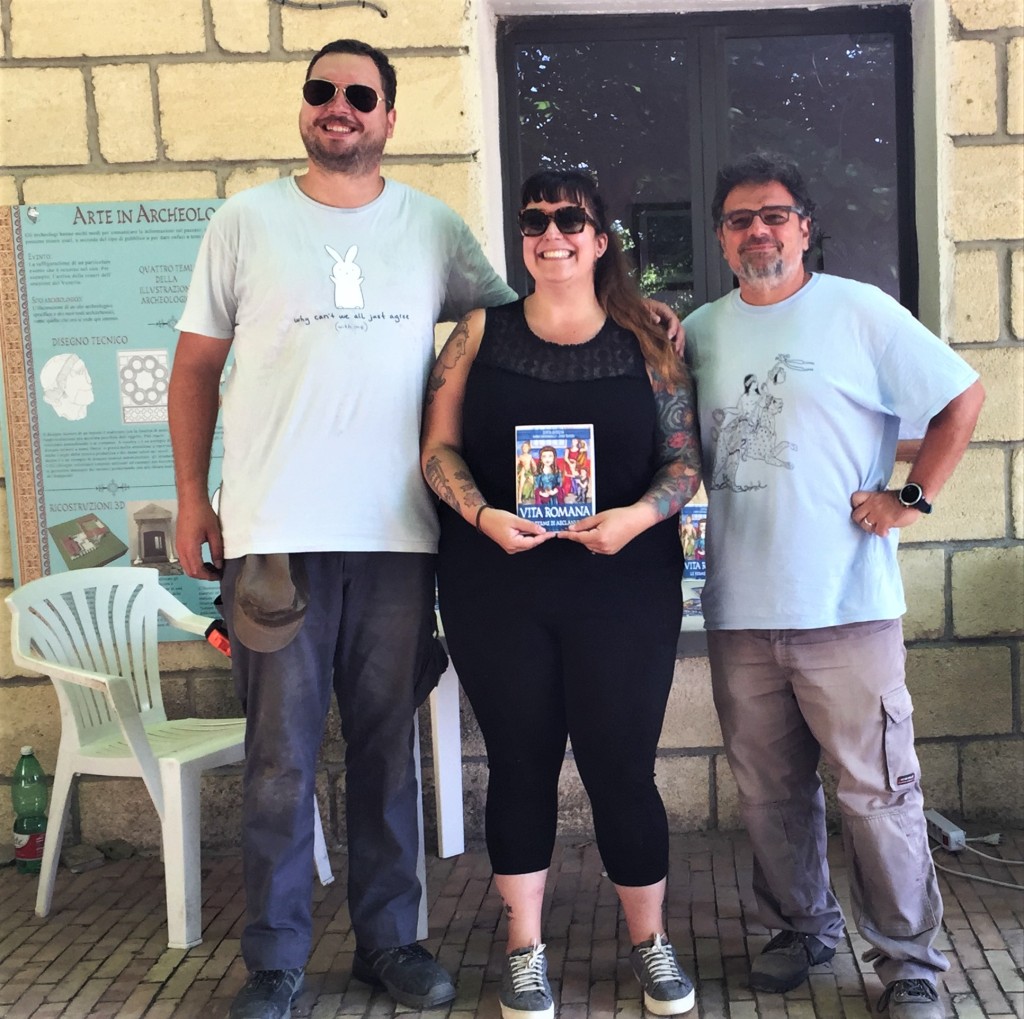
As always, I look forward to challenges and adventures ahead! Ferdinando and I are continuing to find new avenues to create and highlight the public archaeology work that started in Aeclanum and is expanding to other sites!
Thank you for reading my blog!


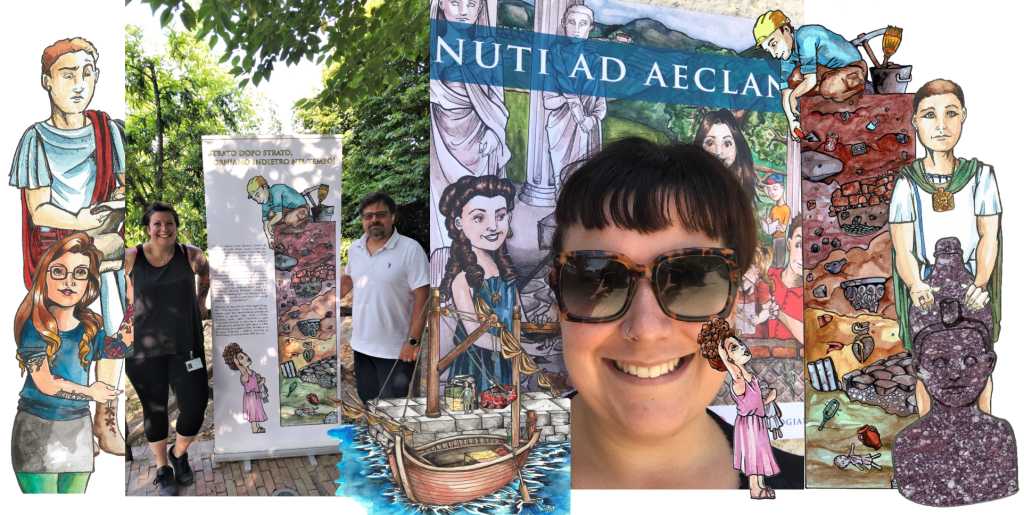
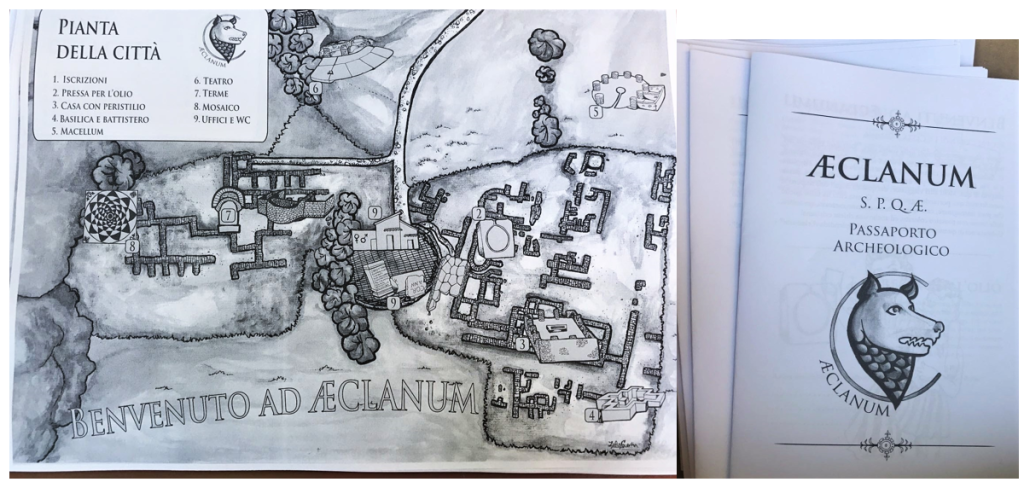


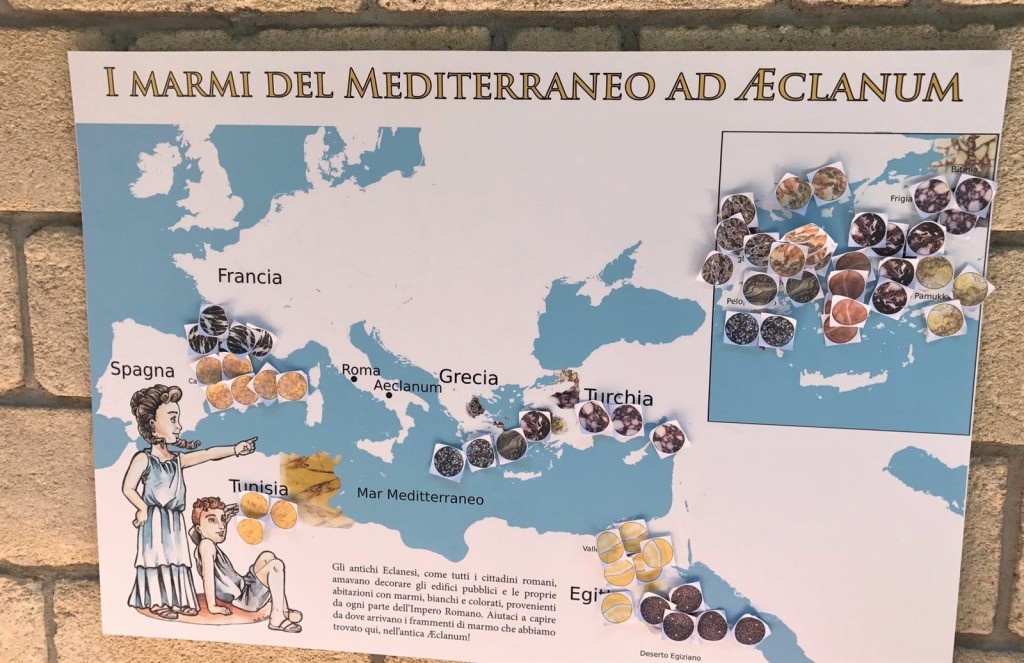



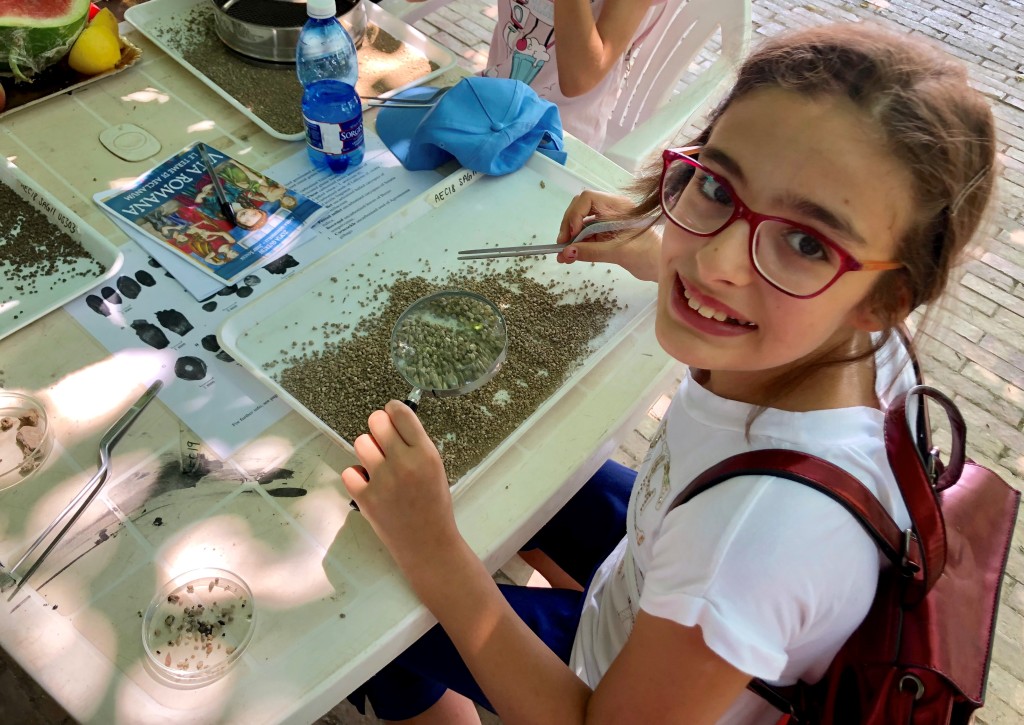
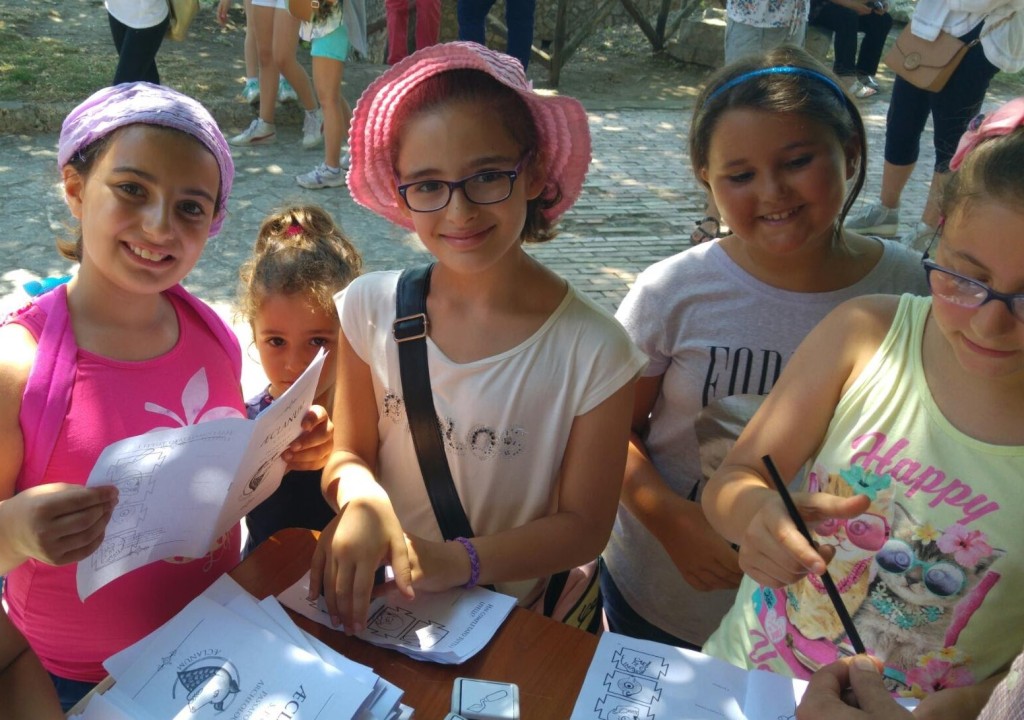
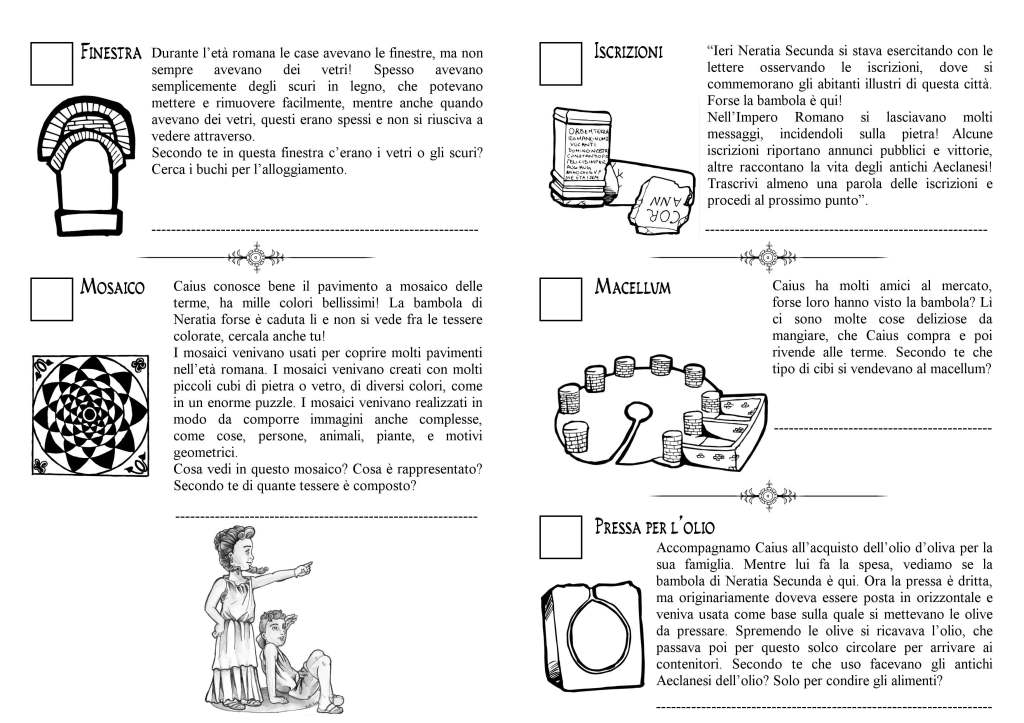

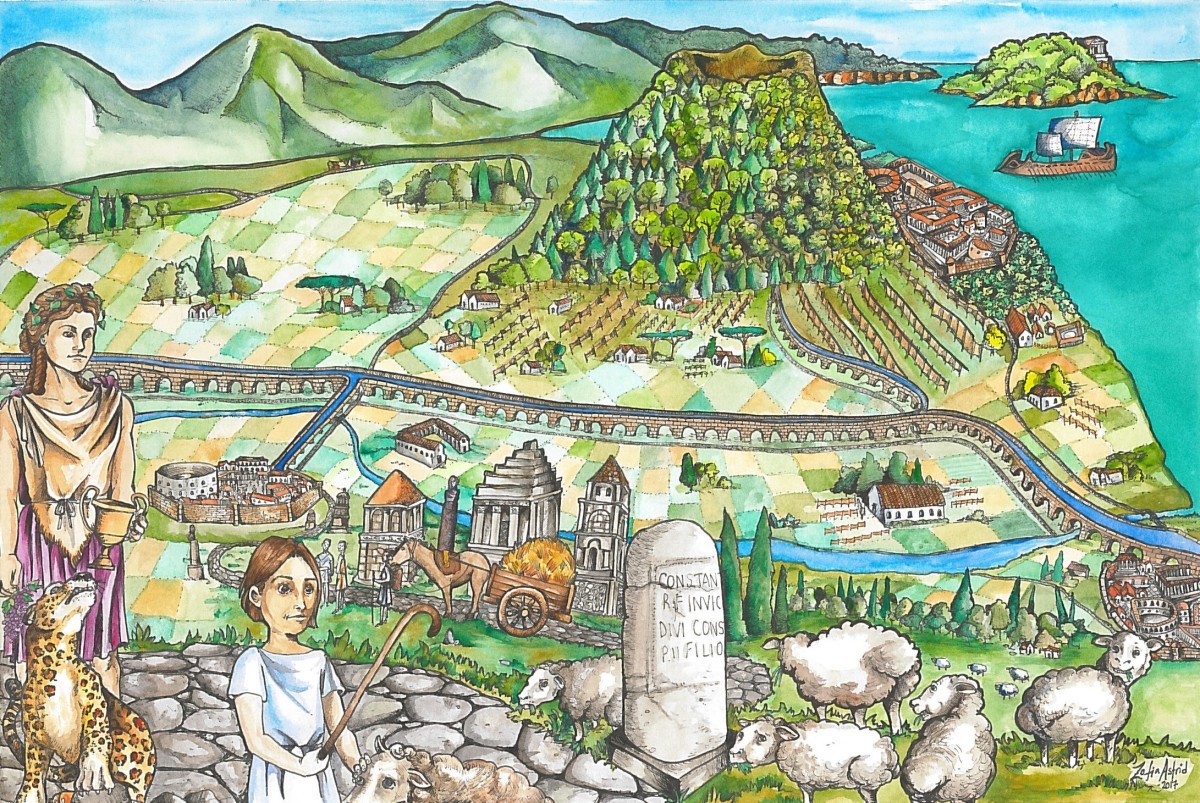
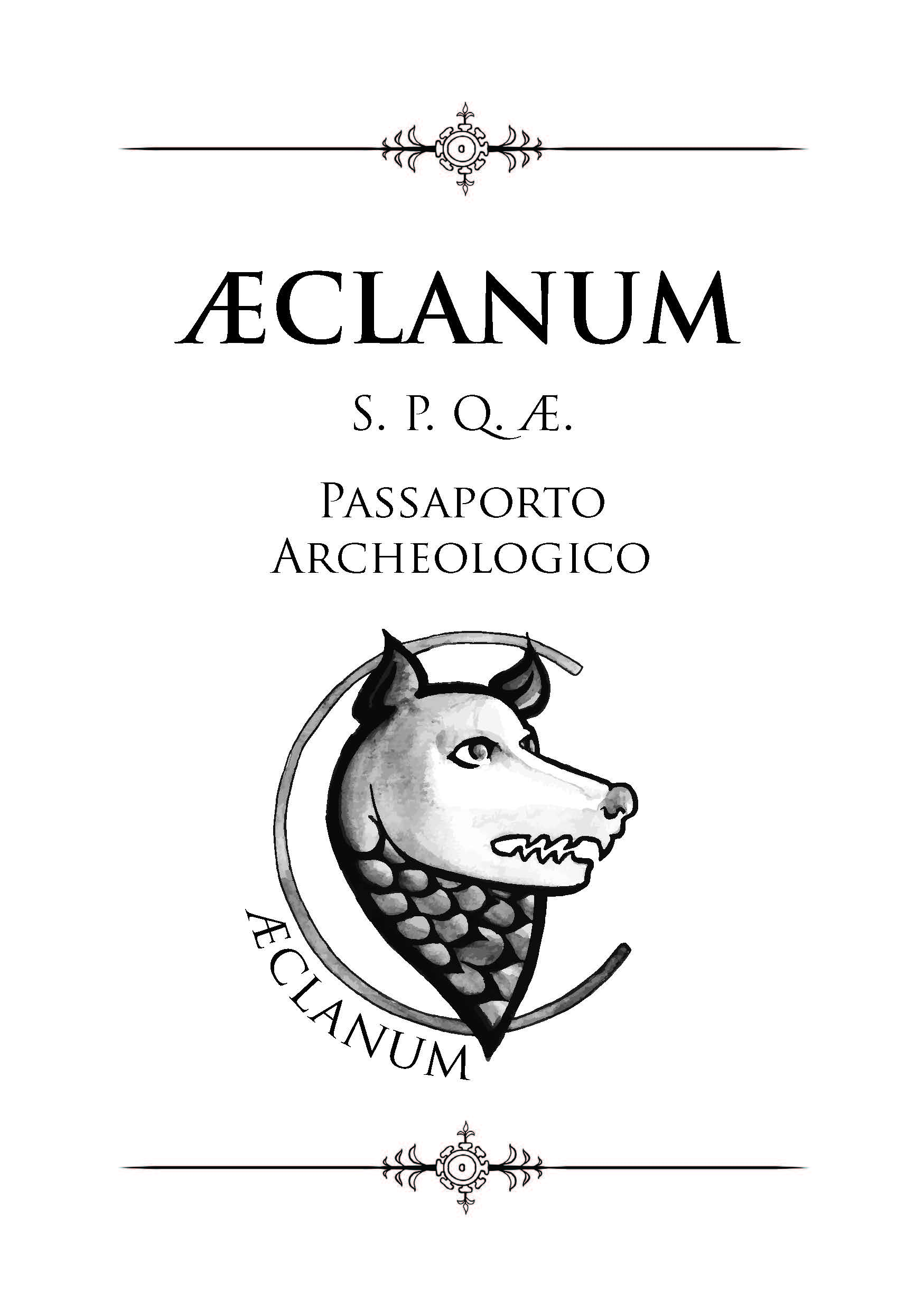
 I wrote a post in July for the
I wrote a post in July for the 
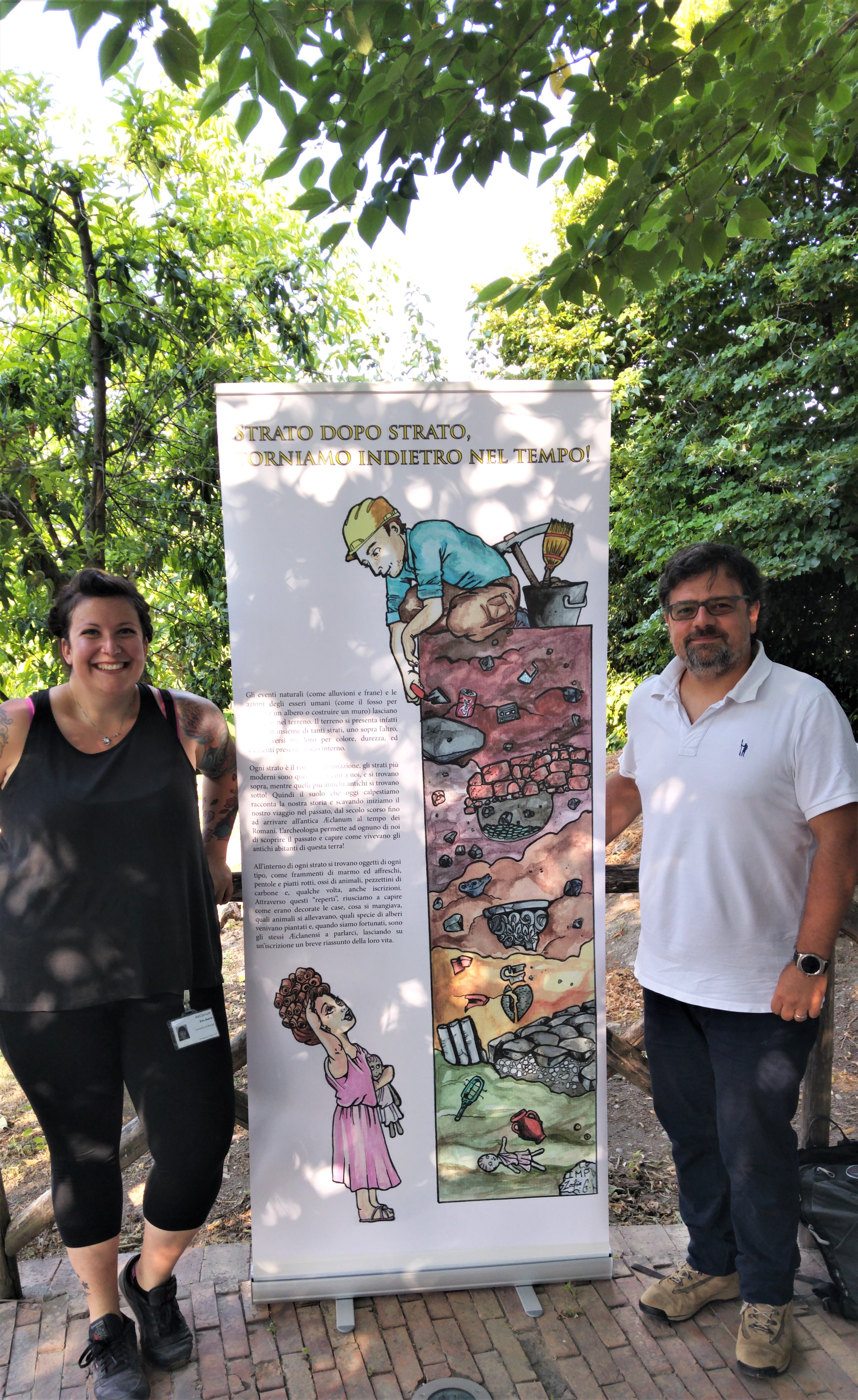
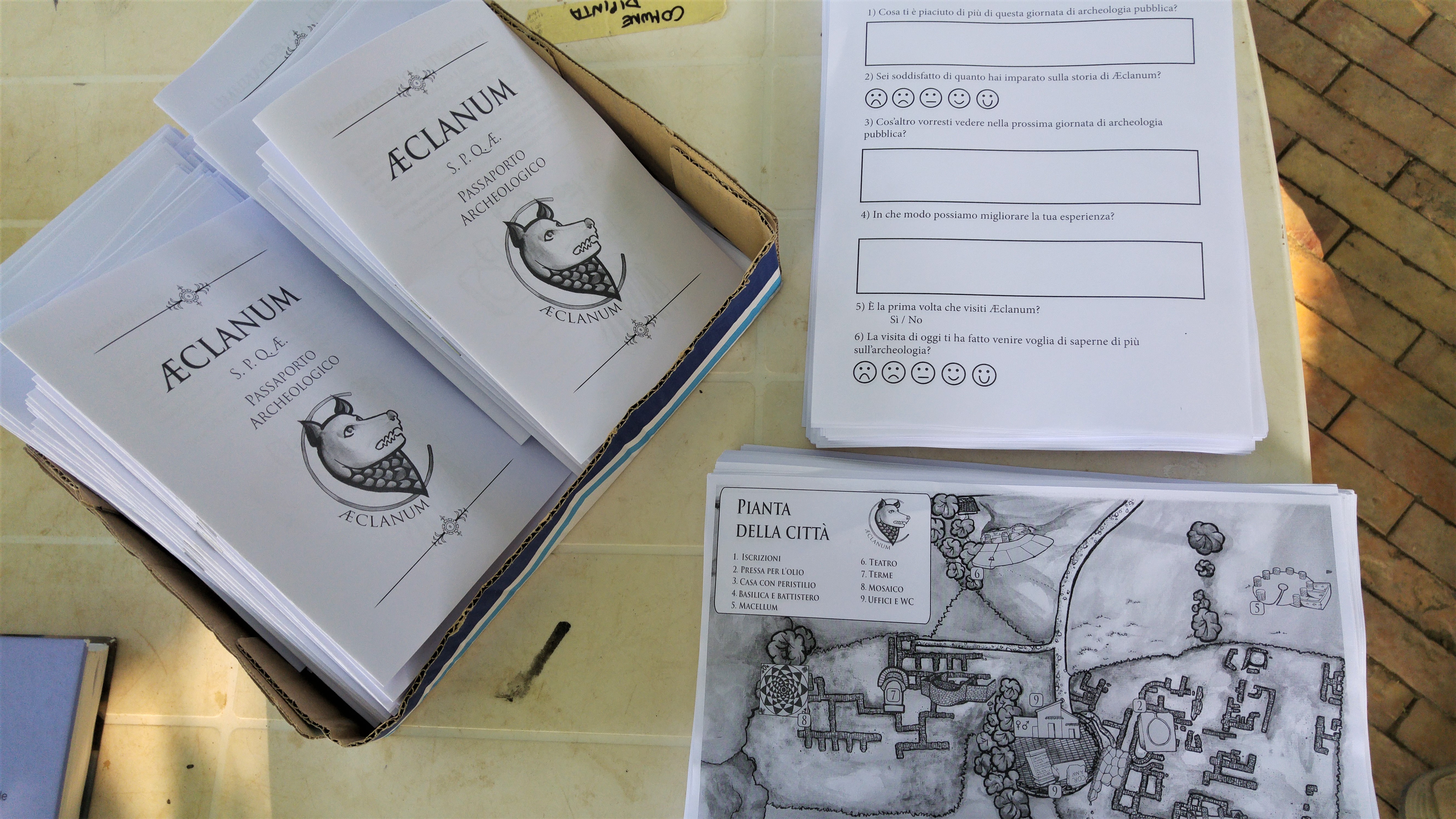
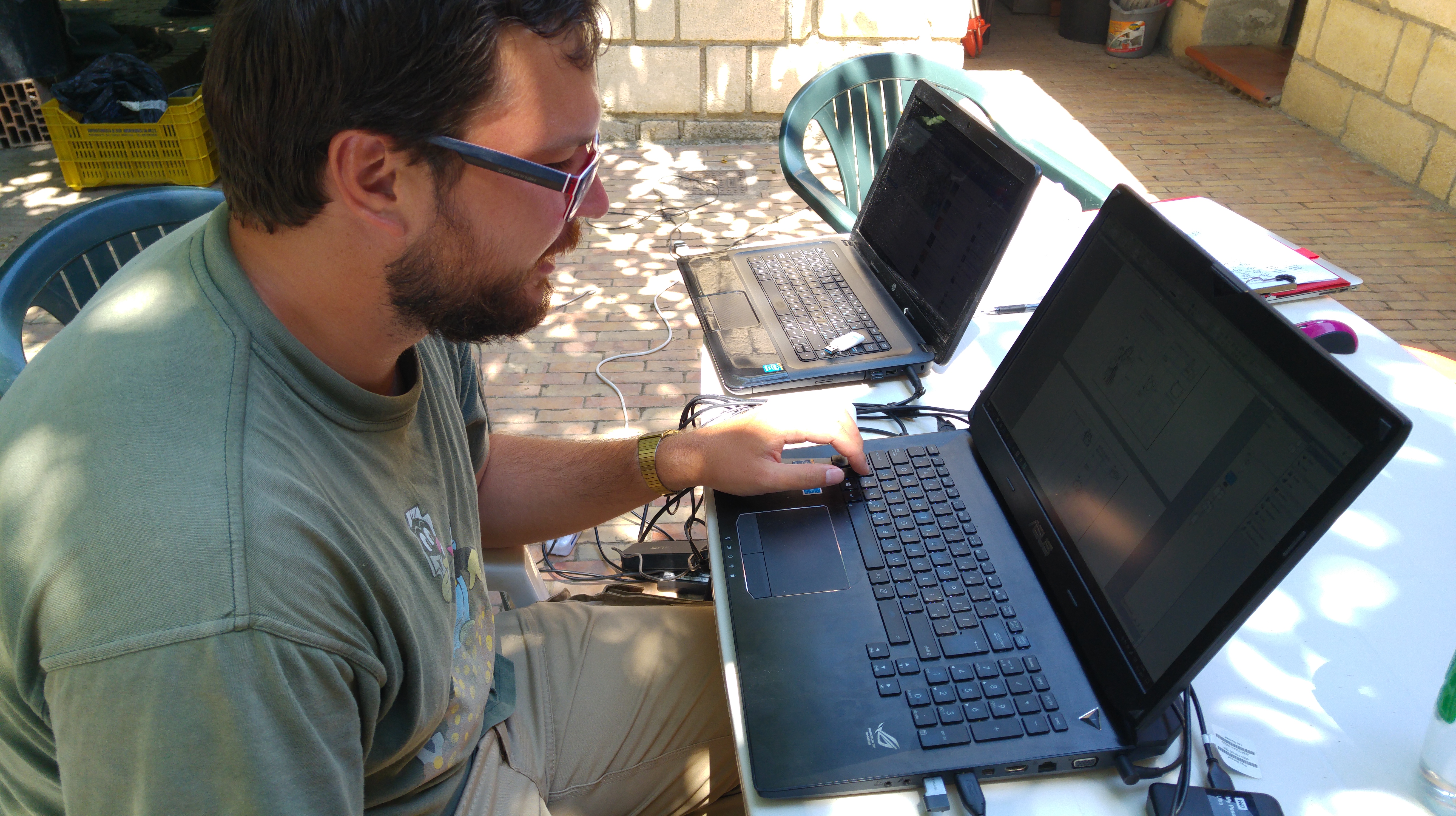
 With many enthusiastic young visitors (and adults!) arriving to the site, the team at Aeclanum put on an awesome display. The efforts made by students and specialists were incredible!
With many enthusiastic young visitors (and adults!) arriving to the site, the team at Aeclanum put on an awesome display. The efforts made by students and specialists were incredible!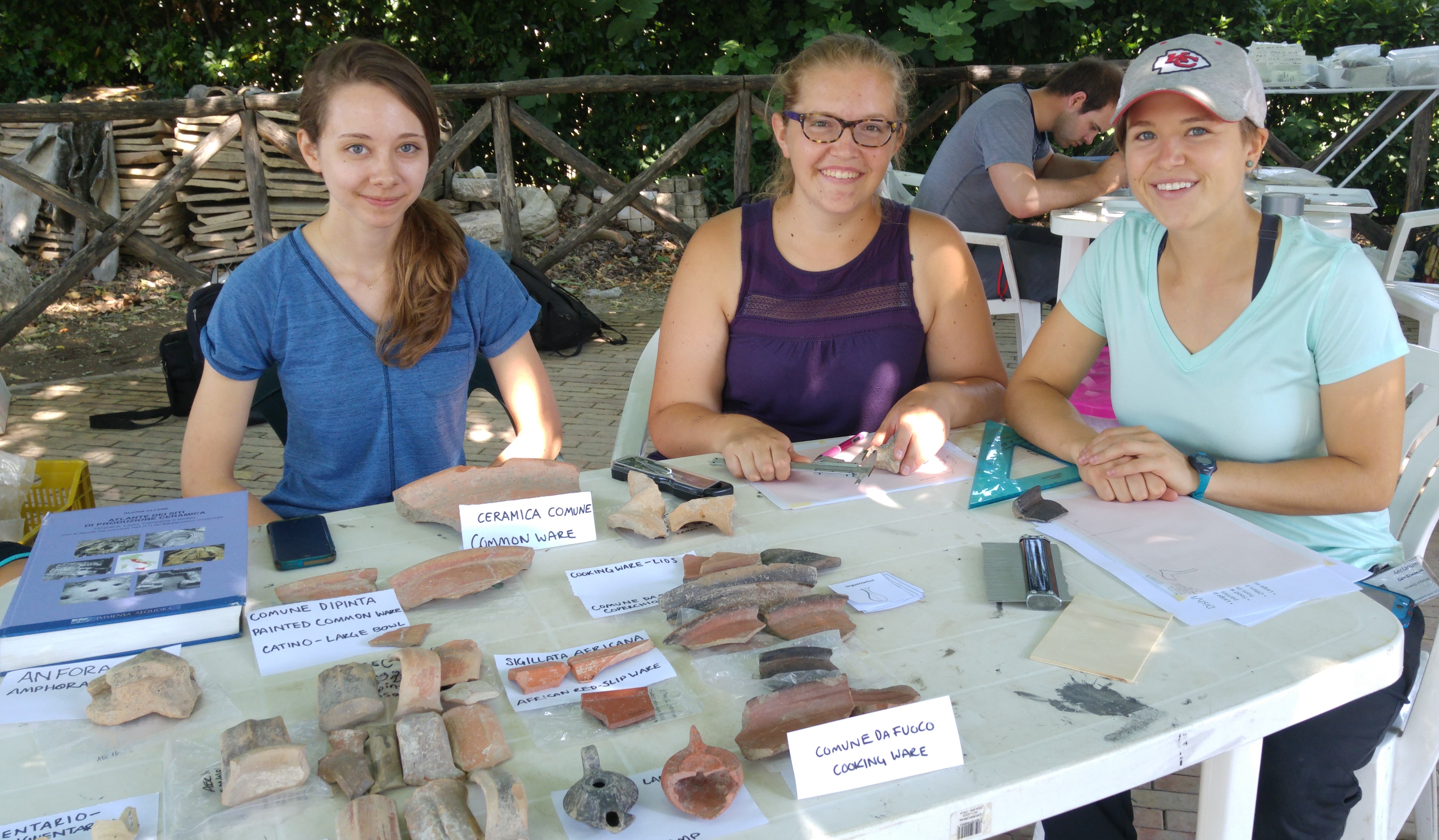
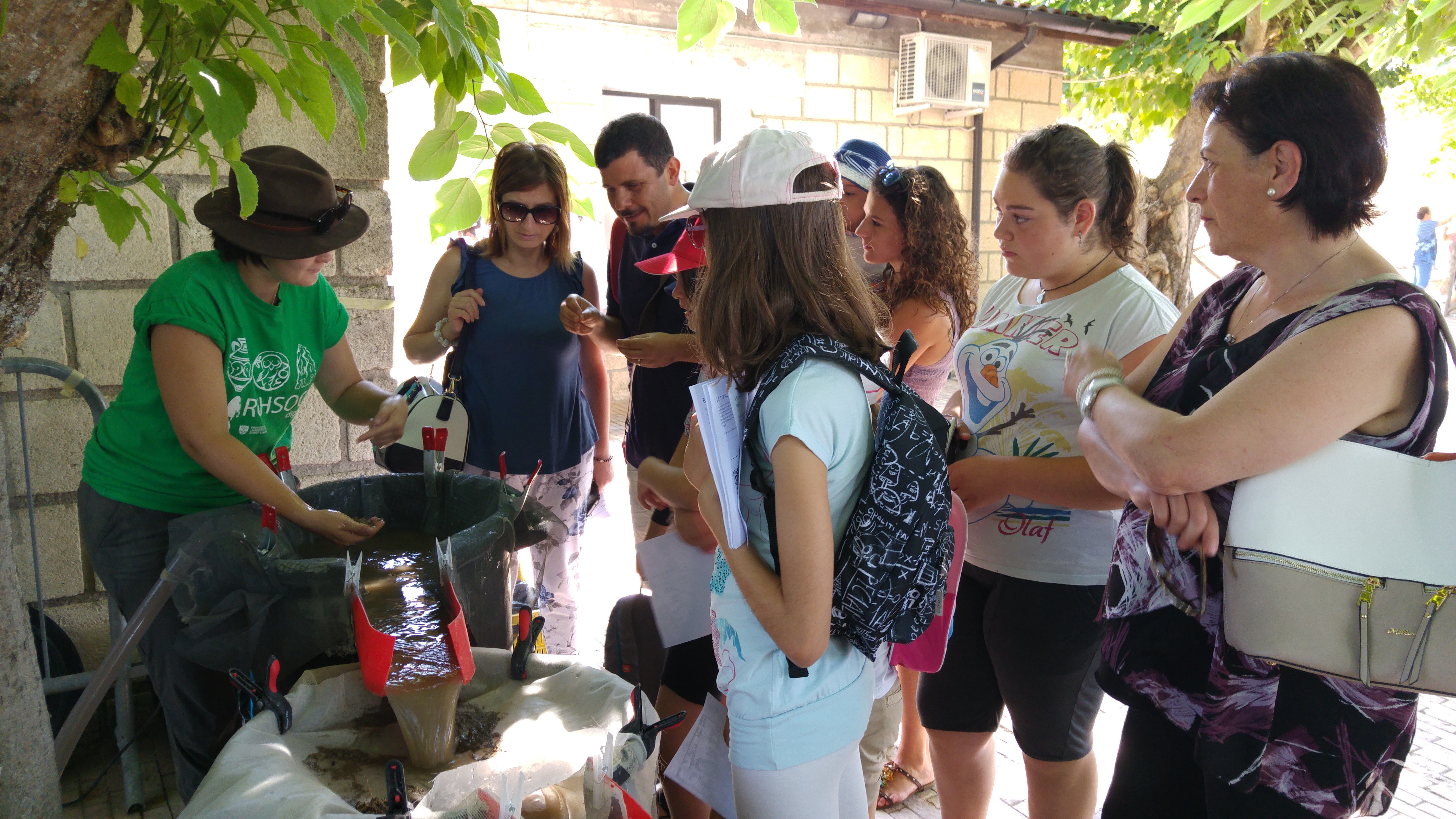
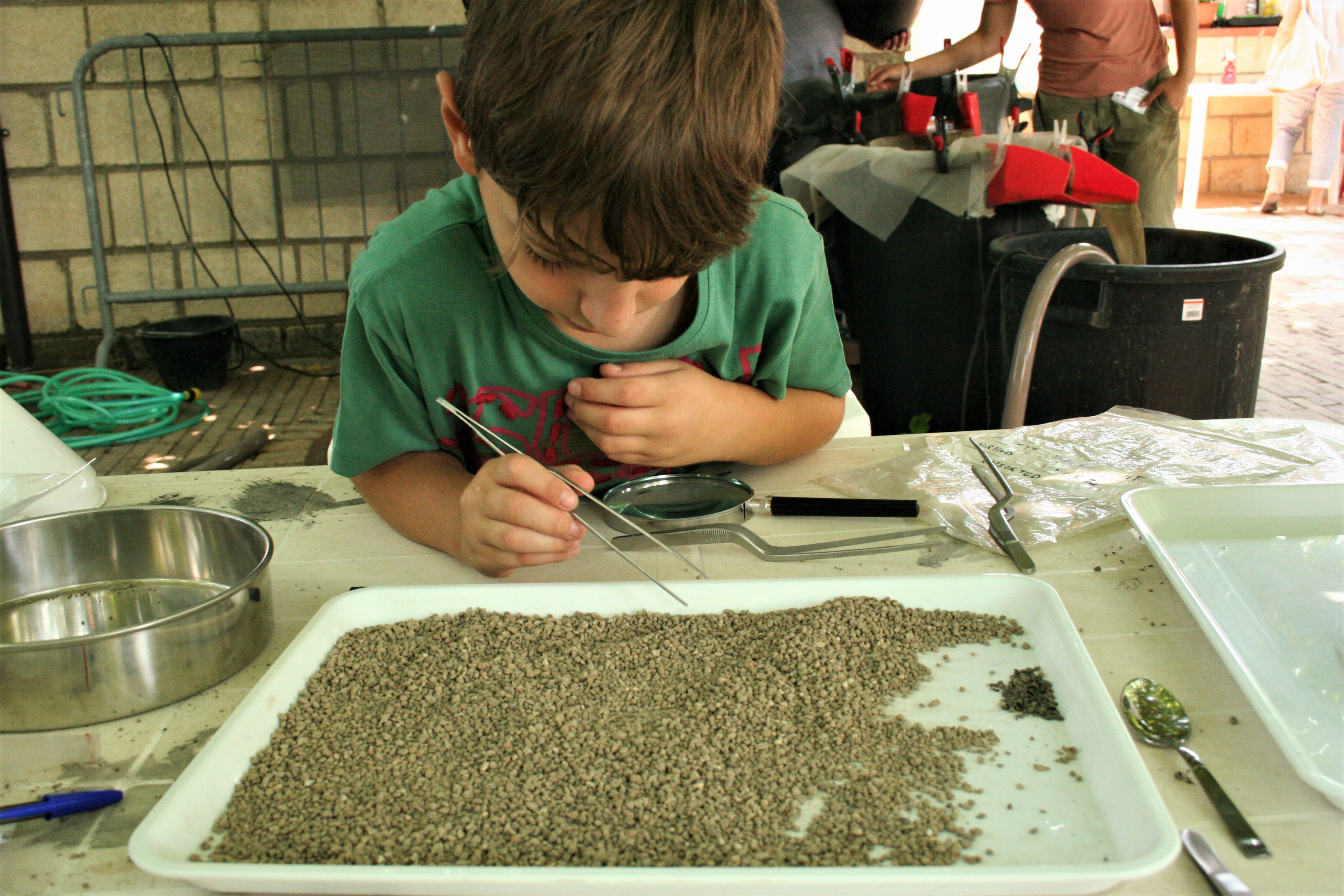


 Custom made stamps for the Open Day, each relating to a particular area of Archaeology.
Custom made stamps for the Open Day, each relating to a particular area of Archaeology.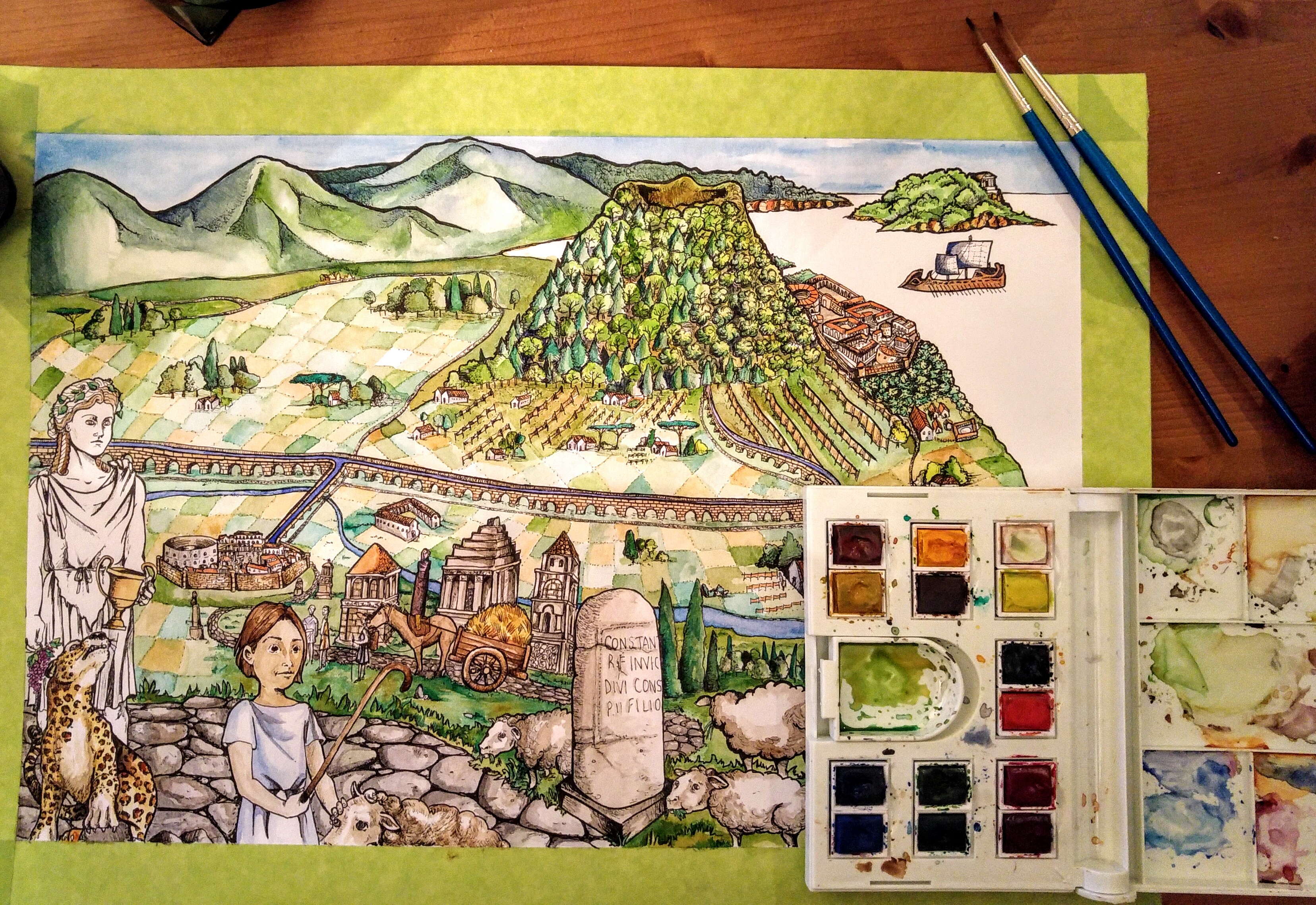 With the conclusion of the excavation, there was a lot of momentum to continue developing the educational and public engagement materials. There are several engagement events upcoming in Italy, helmed by Dr. Girolamo Ferdinando De Simone, which may result in some exciting possibilities for collaborative projects with local companies and schools.
With the conclusion of the excavation, there was a lot of momentum to continue developing the educational and public engagement materials. There are several engagement events upcoming in Italy, helmed by Dr. Girolamo Ferdinando De Simone, which may result in some exciting possibilities for collaborative projects with local companies and schools. Working in collaboration with Dr. De Simone, on a vibrant image of the communities and natural environment of the north slope, is one piece of the puzzle in developing visual aids to better understand the context of the area during the Roman period. Visualizing the presence of roads, rivers and settlements in the shadow of Vesuvius, shines a light on the areas that have been largely ignored. By creating these new materials, hopefully it will paint a more complete picture of the region and how interconnected the communities were.
Working in collaboration with Dr. De Simone, on a vibrant image of the communities and natural environment of the north slope, is one piece of the puzzle in developing visual aids to better understand the context of the area during the Roman period. Visualizing the presence of roads, rivers and settlements in the shadow of Vesuvius, shines a light on the areas that have been largely ignored. By creating these new materials, hopefully it will paint a more complete picture of the region and how interconnected the communities were. The idea of connecting young and old to the history of their region, leaving more knowledge behind than you take away, and continuing to build on the foundations each year going forward, is the approach that I am taking from this year and will bring forward into future seasons. There is much to do and as many approaches as can be imagined.
The idea of connecting young and old to the history of their region, leaving more knowledge behind than you take away, and continuing to build on the foundations each year going forward, is the approach that I am taking from this year and will bring forward into future seasons. There is much to do and as many approaches as can be imagined.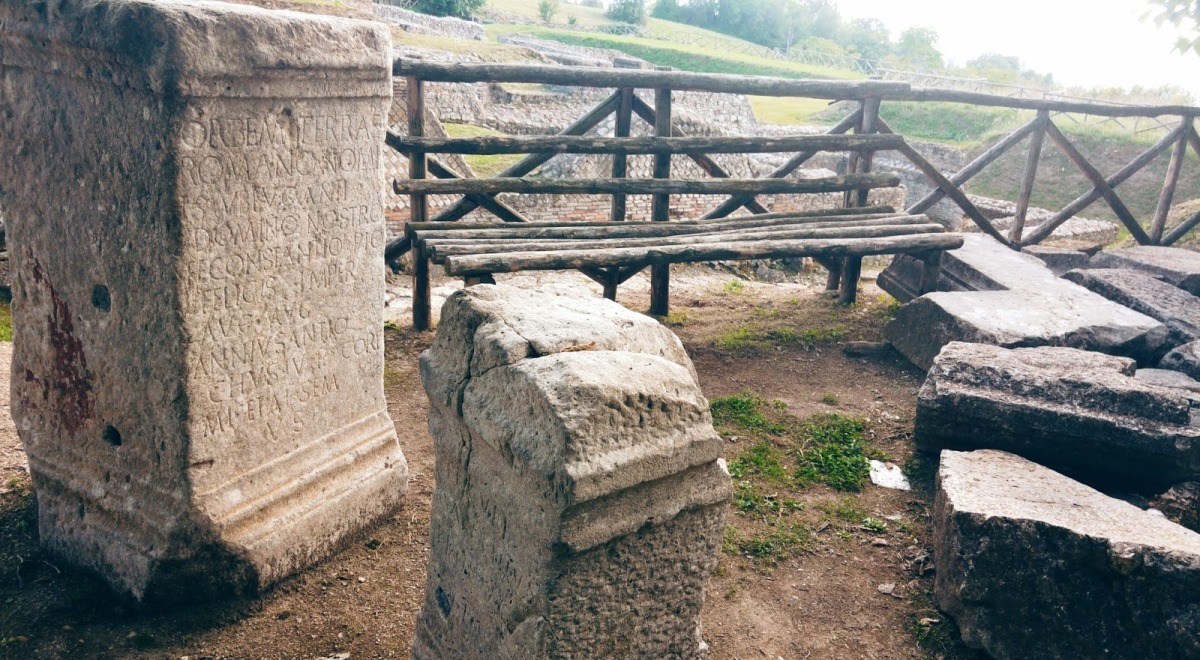

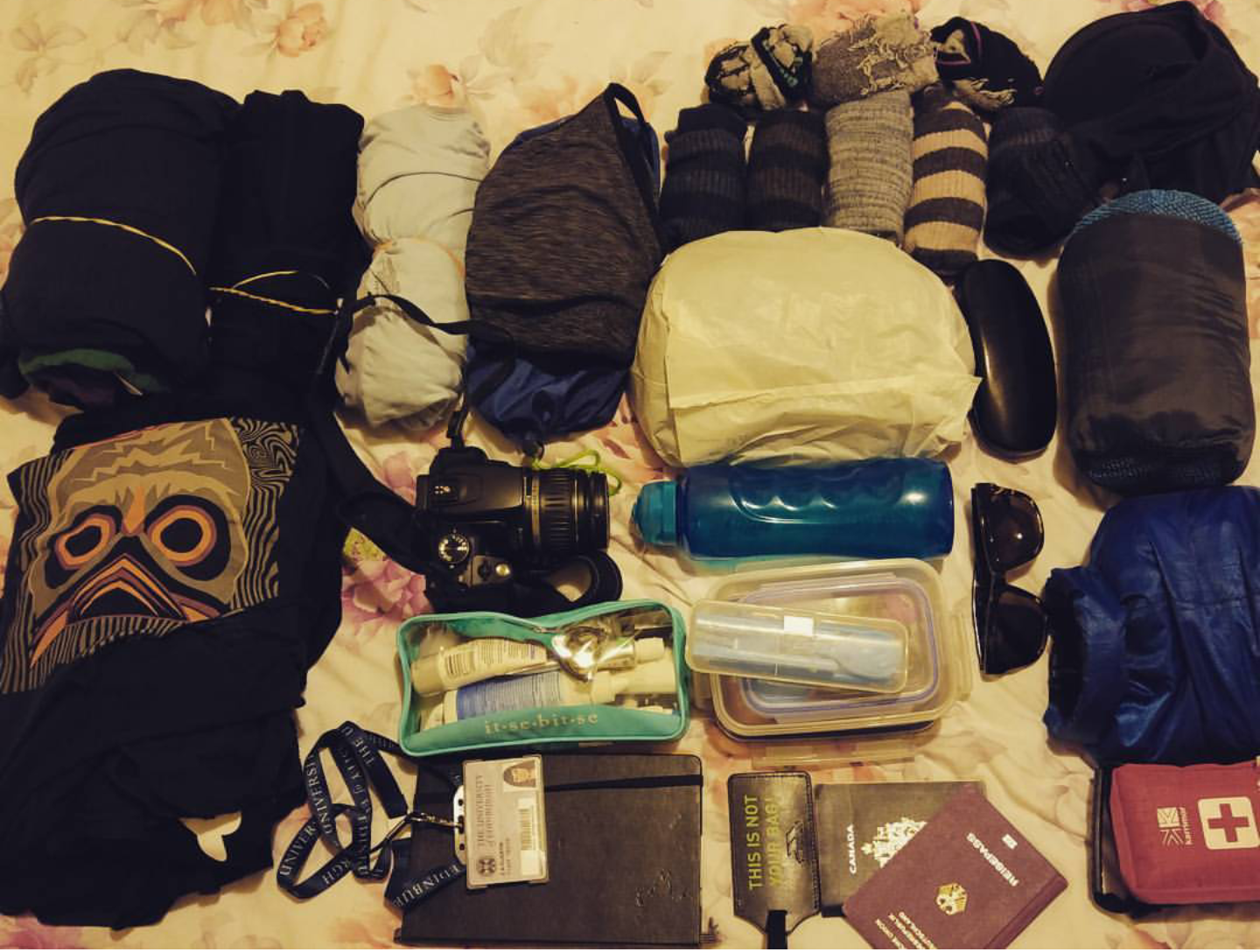 With this in mind, I had been anticipating an exciting few weeks with two of my brilliant friends, both currently undertaking PhDs at the University of Saint Andrews and Edinburgh University. Packing for the trip (both passports in tow!) is one of the best parts…slowly I am getting more and more efficient.
With this in mind, I had been anticipating an exciting few weeks with two of my brilliant friends, both currently undertaking PhDs at the University of Saint Andrews and Edinburgh University. Packing for the trip (both passports in tow!) is one of the best parts…slowly I am getting more and more efficient.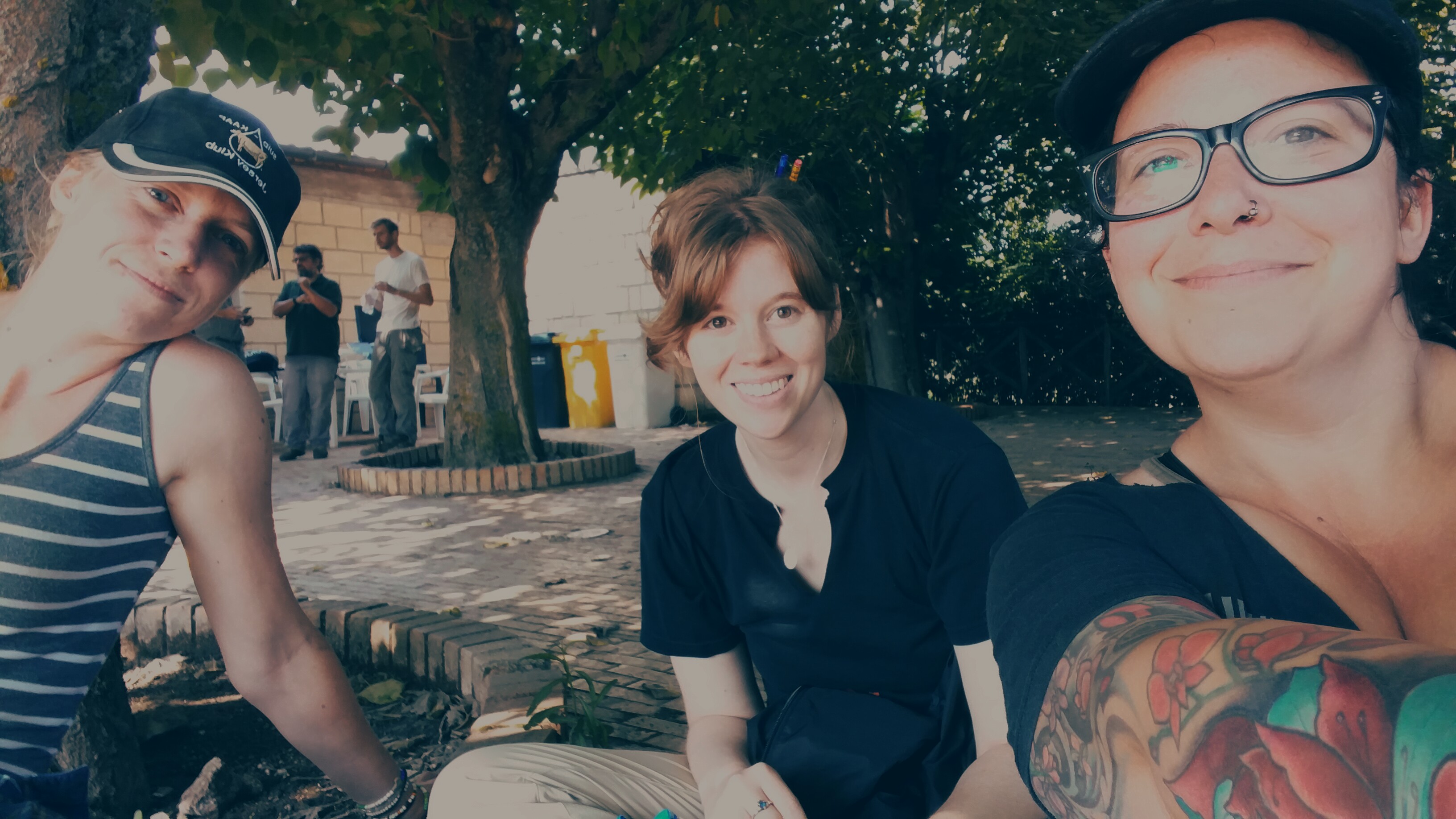
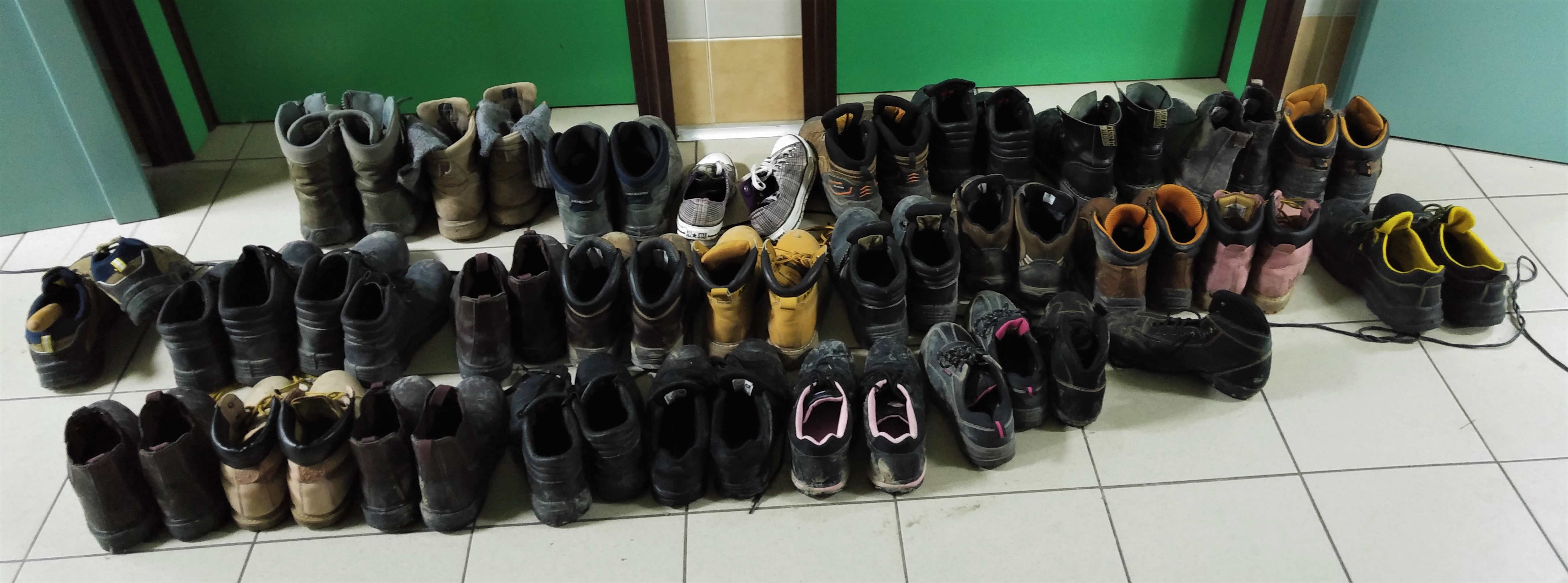 But a variety of reasons, the work being done in this season could be viewed as the ground work for the future of the site. That is an exciting prospect for anyone to be a part of, but I was especially keen since my understanding of how to supervise a trench was somewhat problematic. I was fairly sure there was a lot that I did not yet understand, but was keen to get in and learn.
But a variety of reasons, the work being done in this season could be viewed as the ground work for the future of the site. That is an exciting prospect for anyone to be a part of, but I was especially keen since my understanding of how to supervise a trench was somewhat problematic. I was fairly sure there was a lot that I did not yet understand, but was keen to get in and learn.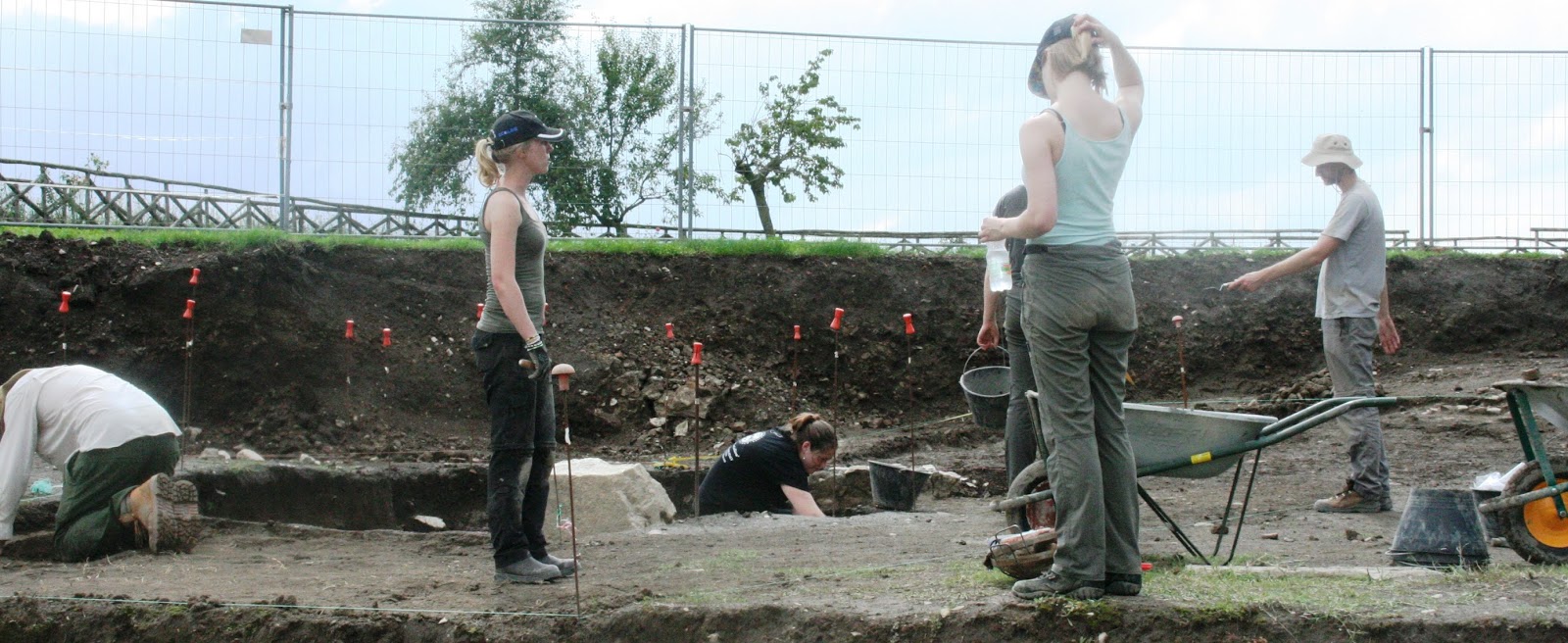

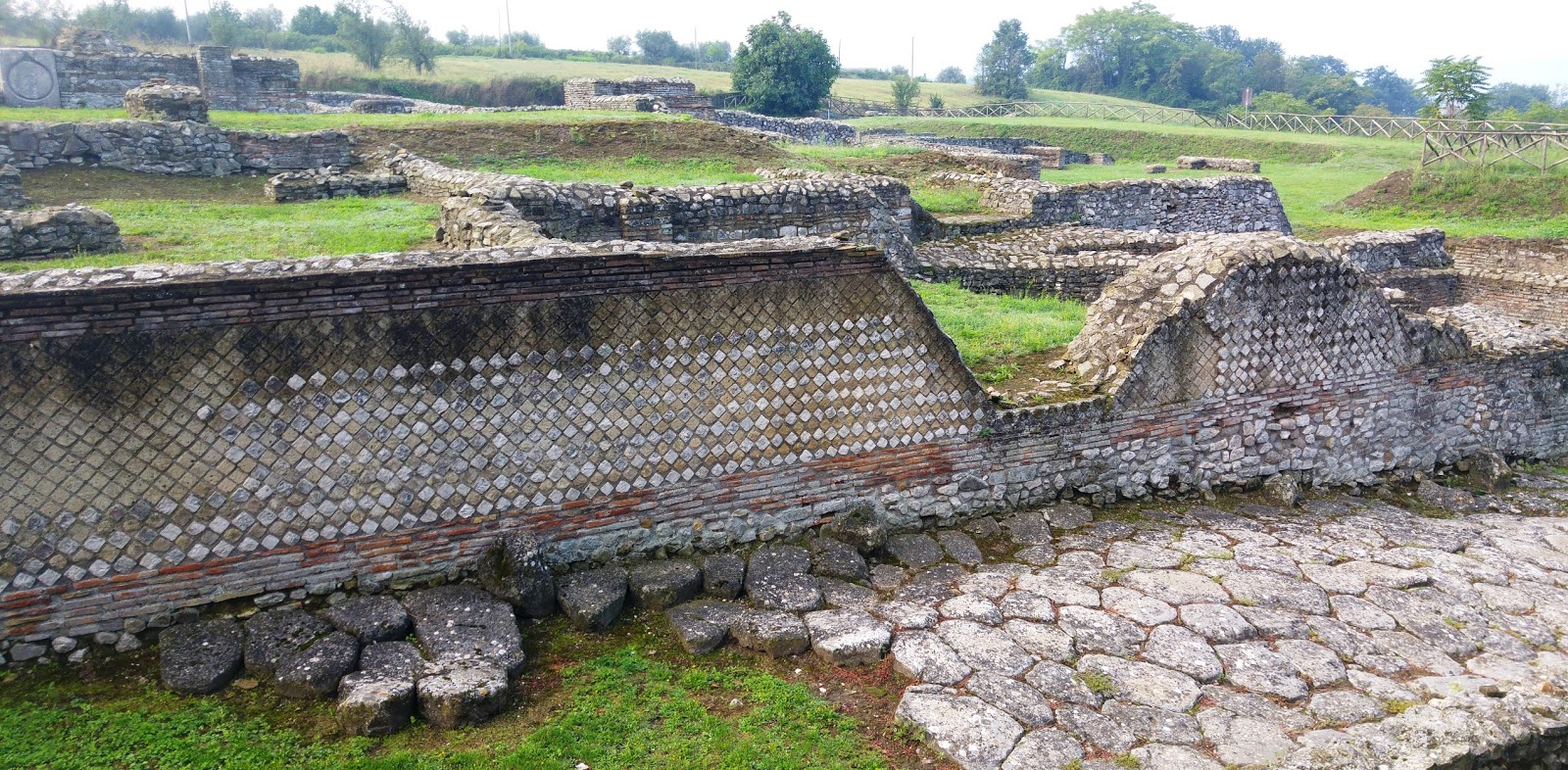 The site itself was set within some idyllic green hills and edible vegetation was scattered throughout. Quite a few buildings were excavated and reconstructed already on the site, which drew tourists to this lovely town. Some building identifications are being reviewed, as new methodologies and interpretations were being applied to this site.
The site itself was set within some idyllic green hills and edible vegetation was scattered throughout. Quite a few buildings were excavated and reconstructed already on the site, which drew tourists to this lovely town. Some building identifications are being reviewed, as new methodologies and interpretations were being applied to this site. There were number of specialists on-site to do digital mapping, ceramic analysis, and even drone photography (which took brilliant photos)! There were many types of dwellings, buildings and some roads visible. The scope of the site is not yet fully known, but there were many intriguing possibilities.
There were number of specialists on-site to do digital mapping, ceramic analysis, and even drone photography (which took brilliant photos)! There were many types of dwellings, buildings and some roads visible. The scope of the site is not yet fully known, but there were many intriguing possibilities. The paving stones and hypnotic brick patterns were lovely to see every day. I’ve always been impressed by the effort and artistry of the brick work, especially as recently was pointed out to me, they would have been covered.
The paving stones and hypnotic brick patterns were lovely to see every day. I’ve always been impressed by the effort and artistry of the brick work, especially as recently was pointed out to me, they would have been covered. 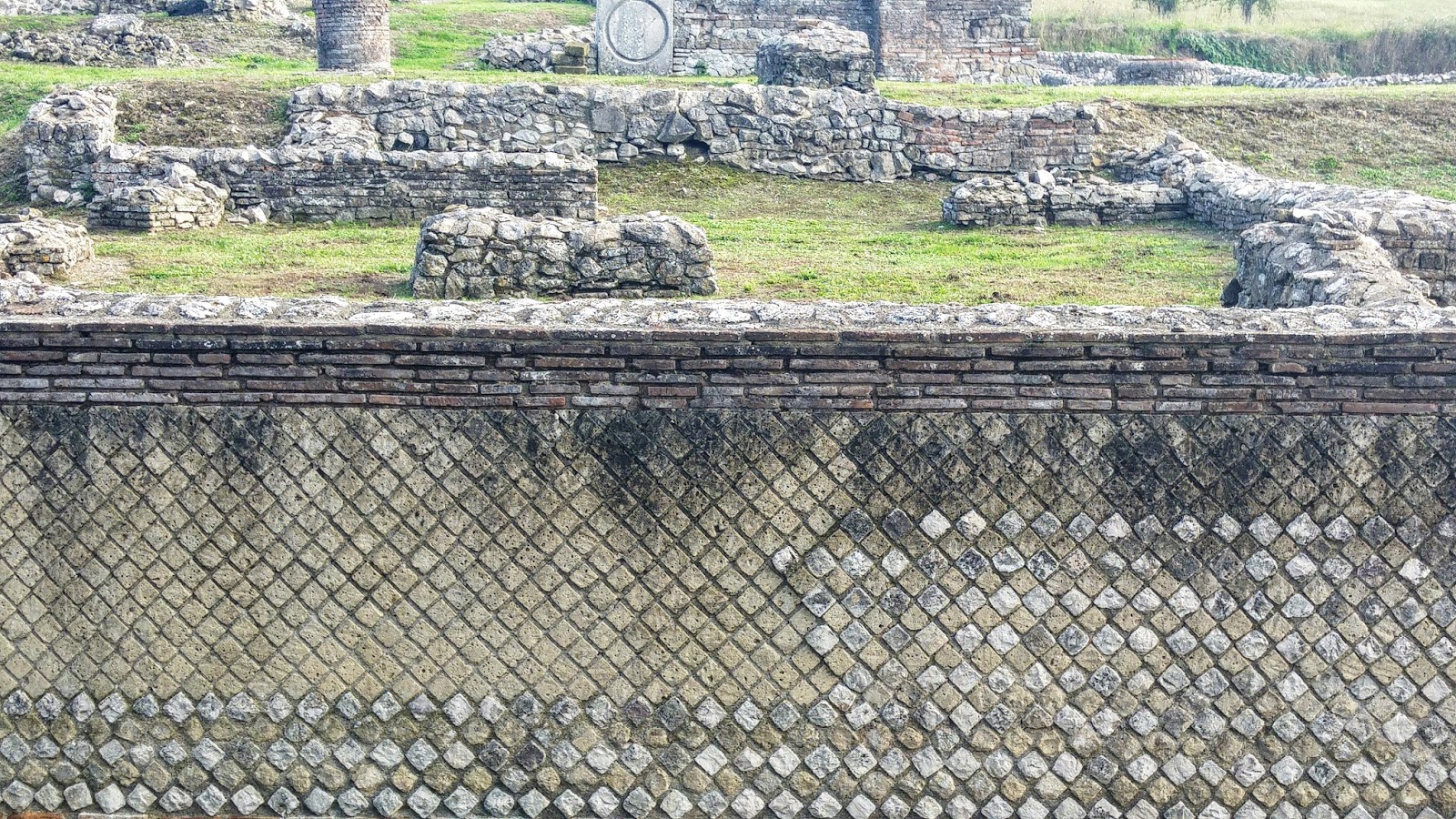 Of course! The work is so beautiful on its’ own that it seems a completed decoration. Though I cannot do the architecture justice through simple quick pen sketches in my Moleskin, I do keep trying!
Of course! The work is so beautiful on its’ own that it seems a completed decoration. Though I cannot do the architecture justice through simple quick pen sketches in my Moleskin, I do keep trying! This one is, as usual, a bit squint, but it is a lot of fun to have little drawings of my travels to mark the memories.
This one is, as usual, a bit squint, but it is a lot of fun to have little drawings of my travels to mark the memories.
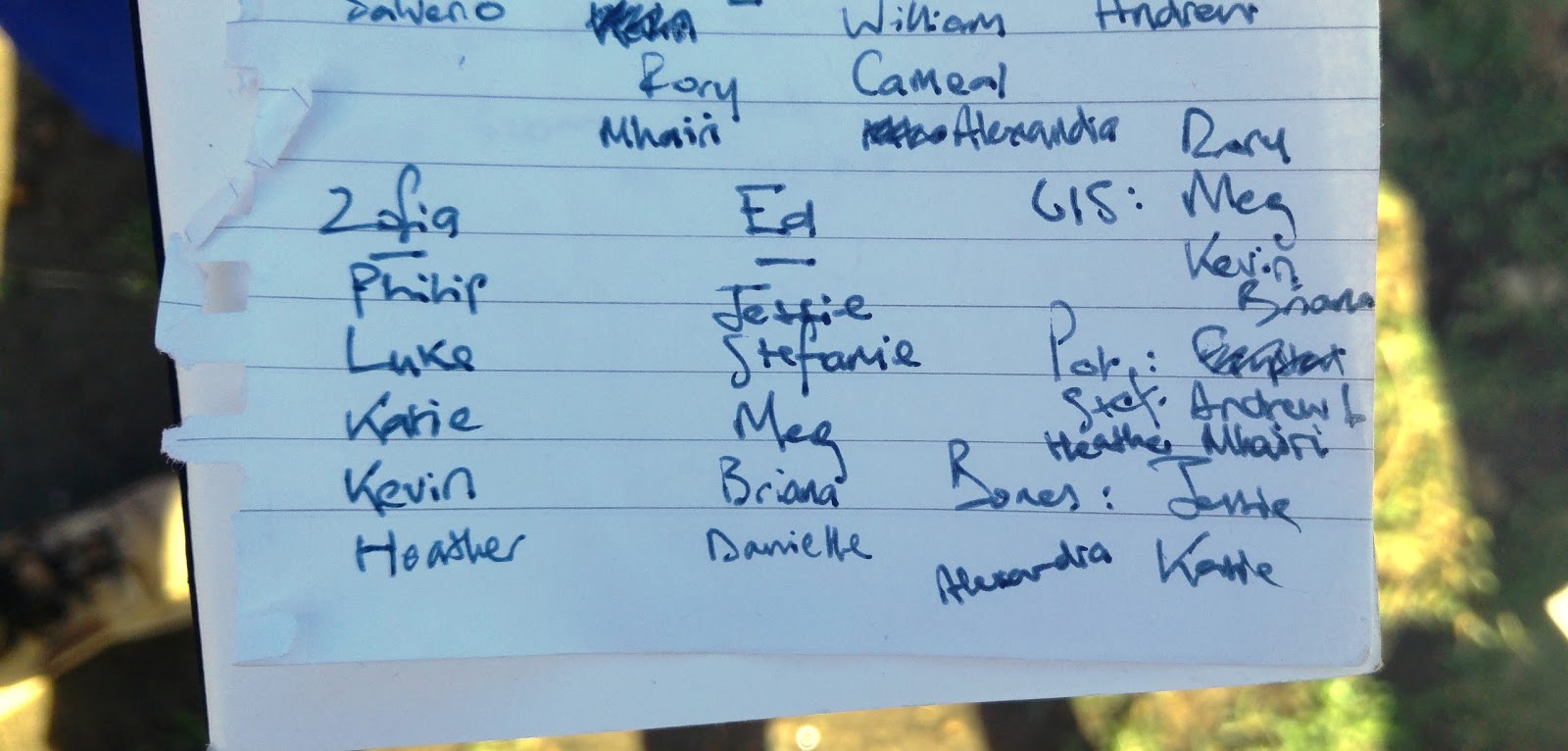
 All in all, these were not box-ticking learning objectives, rather an attempt at trying to give a taste of the concrete outcomes they needed to start a career in archaeology. I may have only a few weeks as a junior supervision, but it was incredibly informative right away being on the other side of a field school.I can’t go in to much detail, or perhaps shouldn’t, as it is an evolving and ongoing project and season, so what I can say about what we encountered in Saggio Cinque (now famously under the hashtag #SaggioCinque) was the following.
All in all, these were not box-ticking learning objectives, rather an attempt at trying to give a taste of the concrete outcomes they needed to start a career in archaeology. I may have only a few weeks as a junior supervision, but it was incredibly informative right away being on the other side of a field school.I can’t go in to much detail, or perhaps shouldn’t, as it is an evolving and ongoing project and season, so what I can say about what we encountered in Saggio Cinque (now famously under the hashtag #SaggioCinque) was the following.
 Whereas, what was surprising in Aeclanum, was seeing the evidence of someone trying to remove the massive limestone slabs (unsuccessfully) and apparently giving up. Poaching finished building materials and re-purposing them for newer buildings was pretty standard practice in antiquity, but it was interesting to see evidence of a failed attempt.
Whereas, what was surprising in Aeclanum, was seeing the evidence of someone trying to remove the massive limestone slabs (unsuccessfully) and apparently giving up. Poaching finished building materials and re-purposing them for newer buildings was pretty standard practice in antiquity, but it was interesting to see evidence of a failed attempt. (Archaeologists in the Nursery, Moms in Revolt) newspaper headline, a local misunderstanding about our accommodations. This strange bit of press, while seeming contentious, actually gave the opportunity for some interviews on site and publicized some of the exciting things we were doing.
(Archaeologists in the Nursery, Moms in Revolt) newspaper headline, a local misunderstanding about our accommodations. This strange bit of press, while seeming contentious, actually gave the opportunity for some interviews on site and publicized some of the exciting things we were doing. 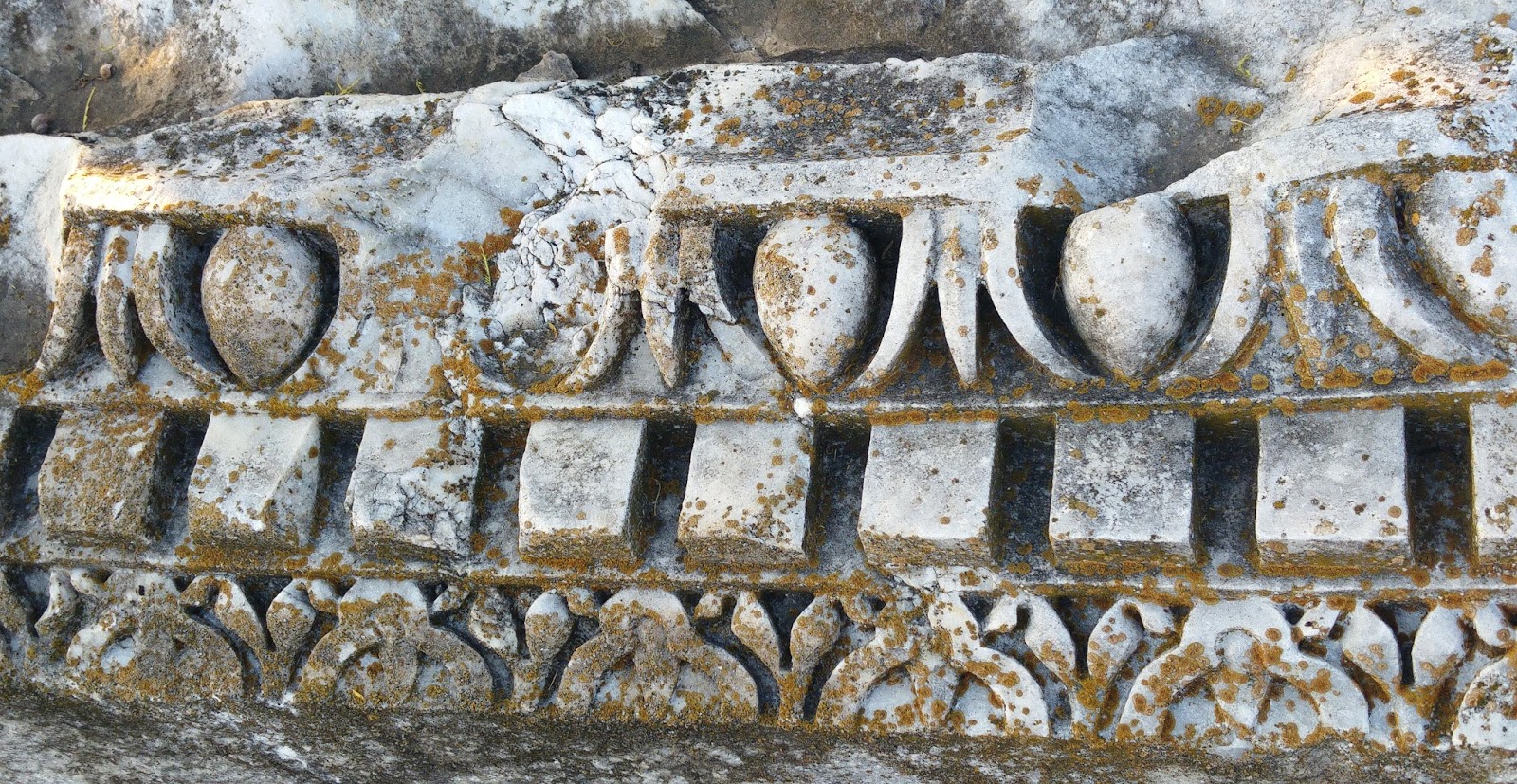 To hear an interview with our site directors, you can check out this Sound Cloud link:
To hear an interview with our site directors, you can check out this Sound Cloud link:
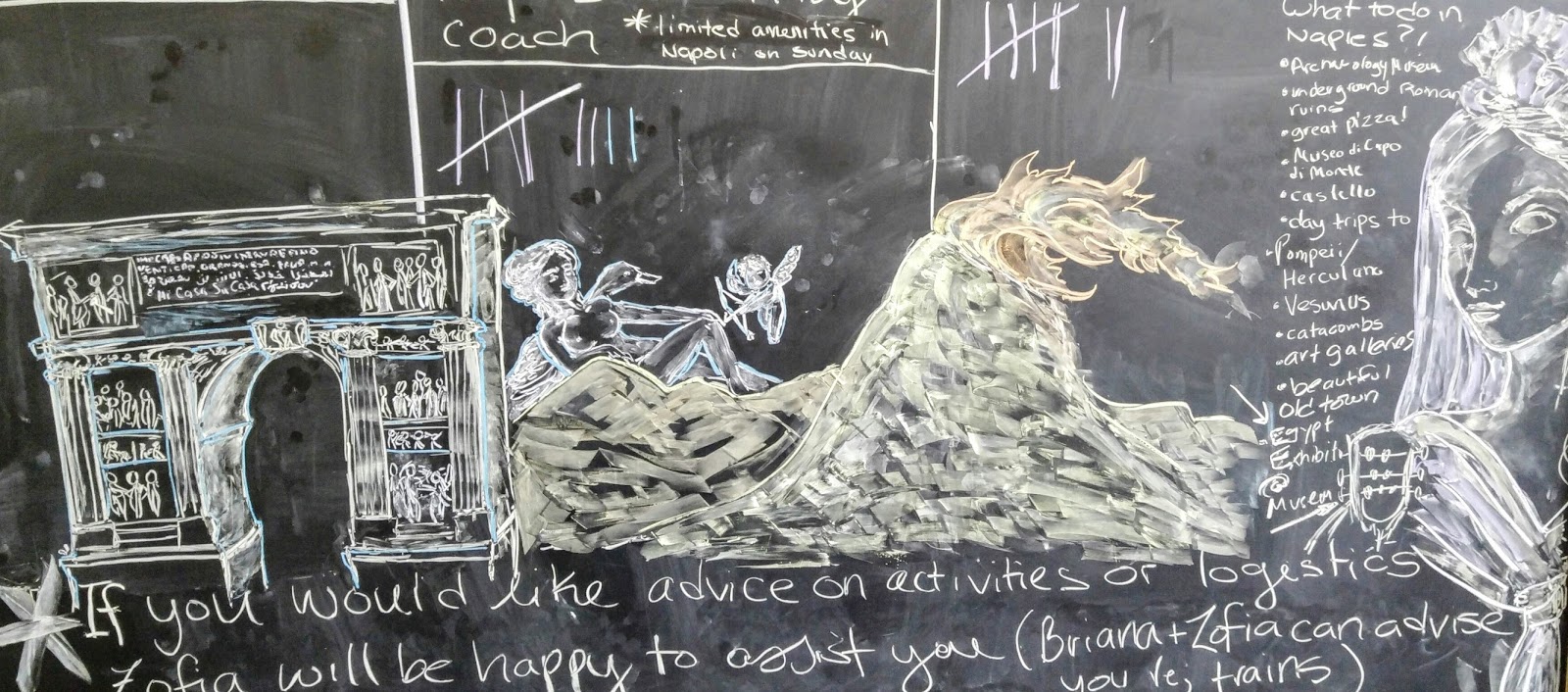 Our main port of call, however, was the cafe/bar at Hotel Aeclanum. Many drinks, chats and post-dig hangouts took place at this tried test and true hotel bar.
Our main port of call, however, was the cafe/bar at Hotel Aeclanum. Many drinks, chats and post-dig hangouts took place at this tried test and true hotel bar.
You must be logged in to post a comment.